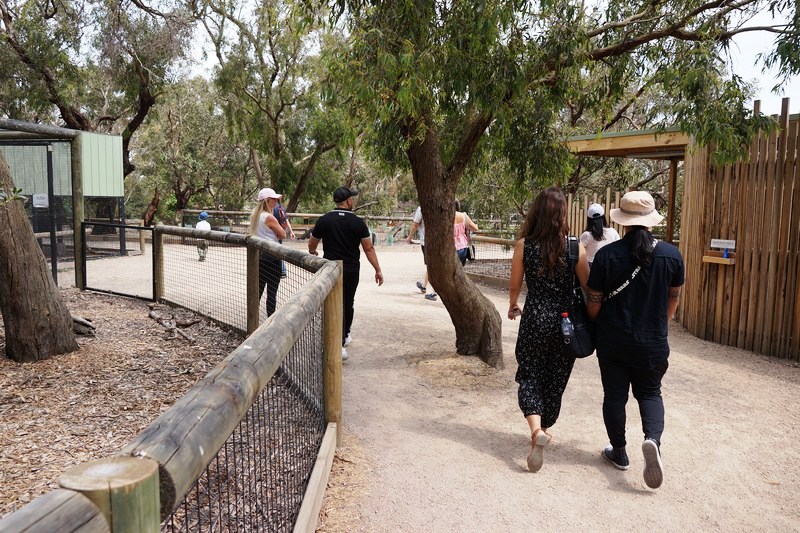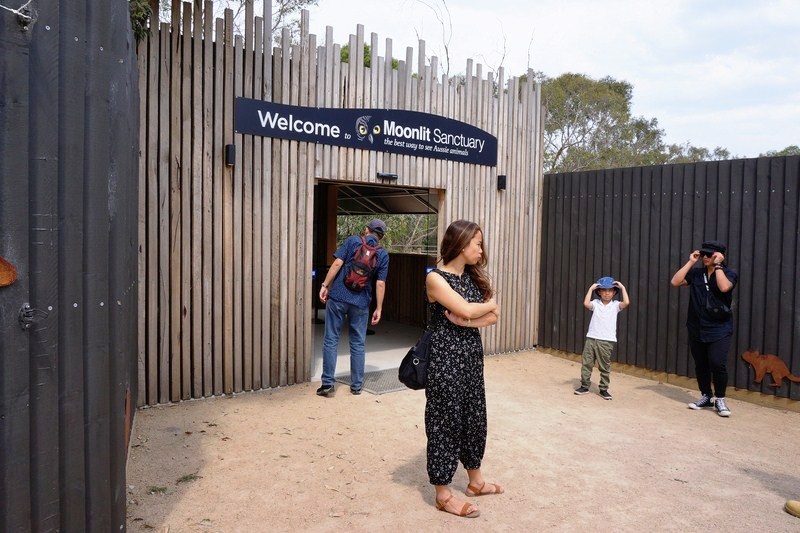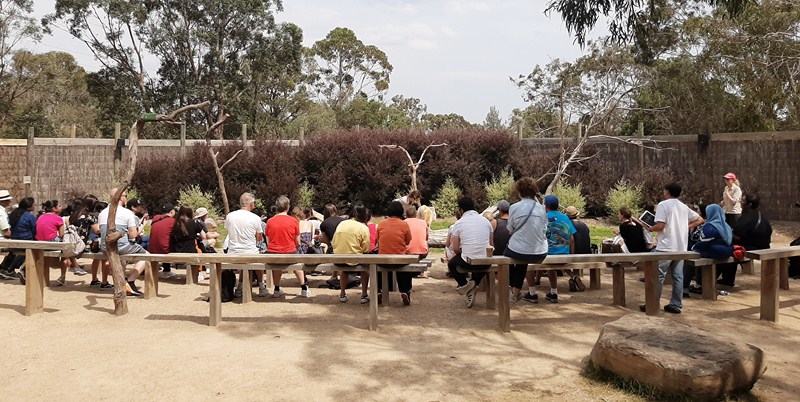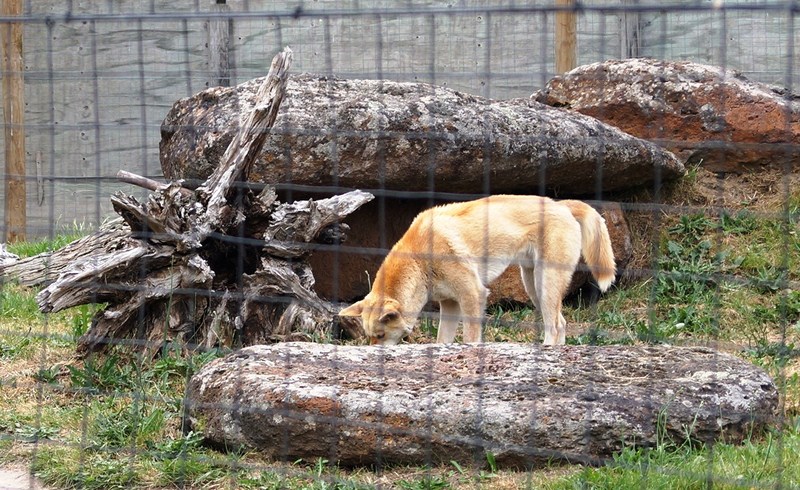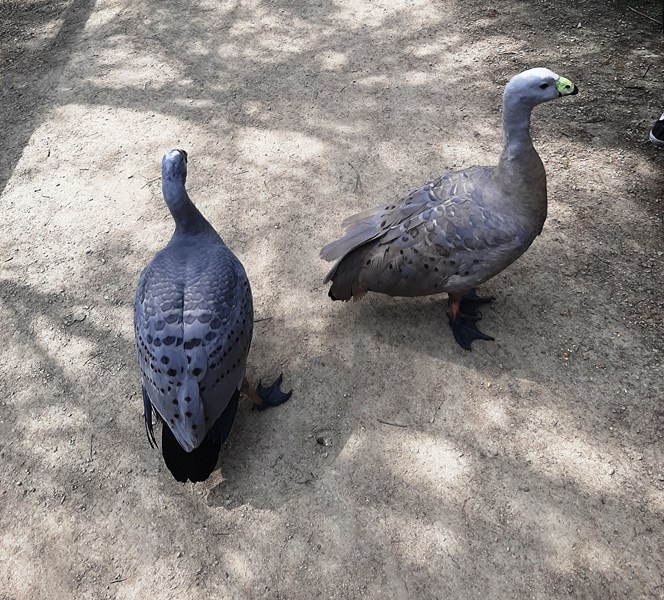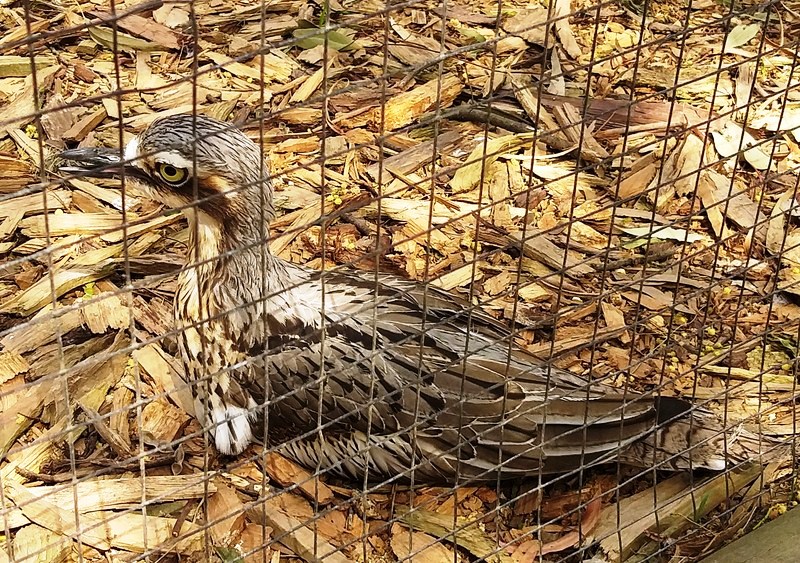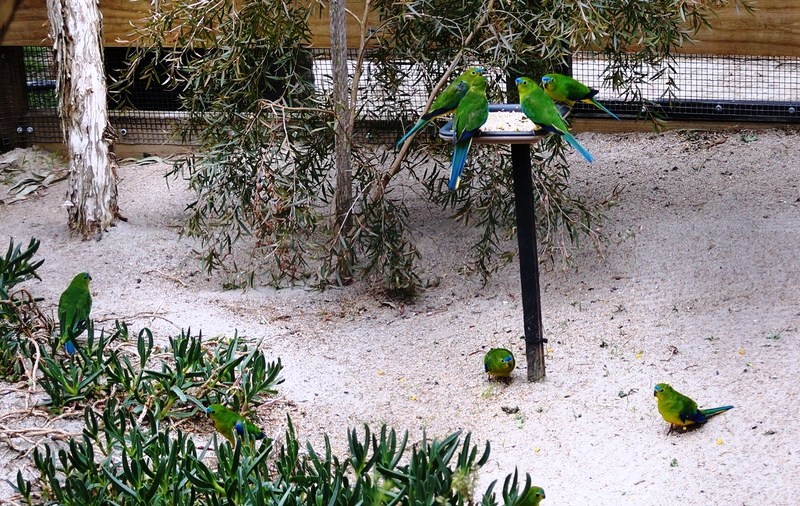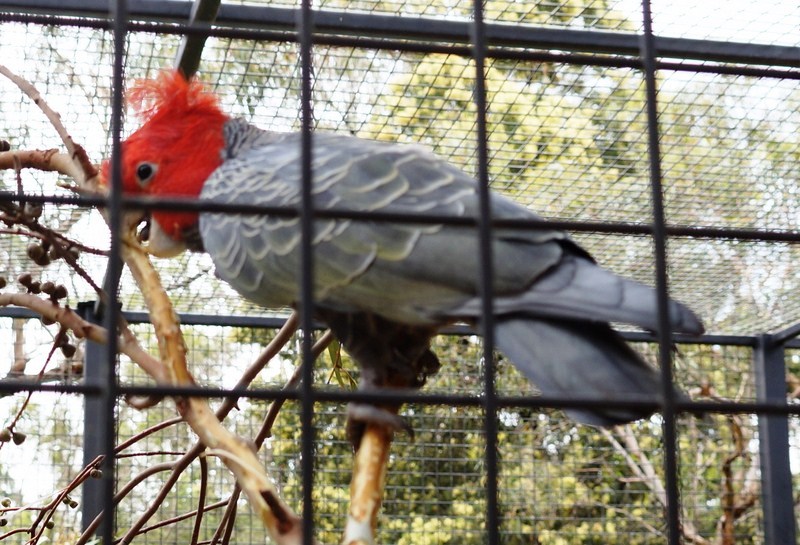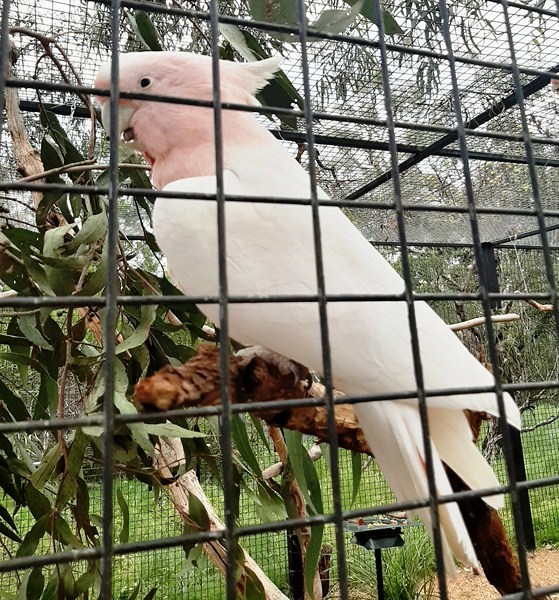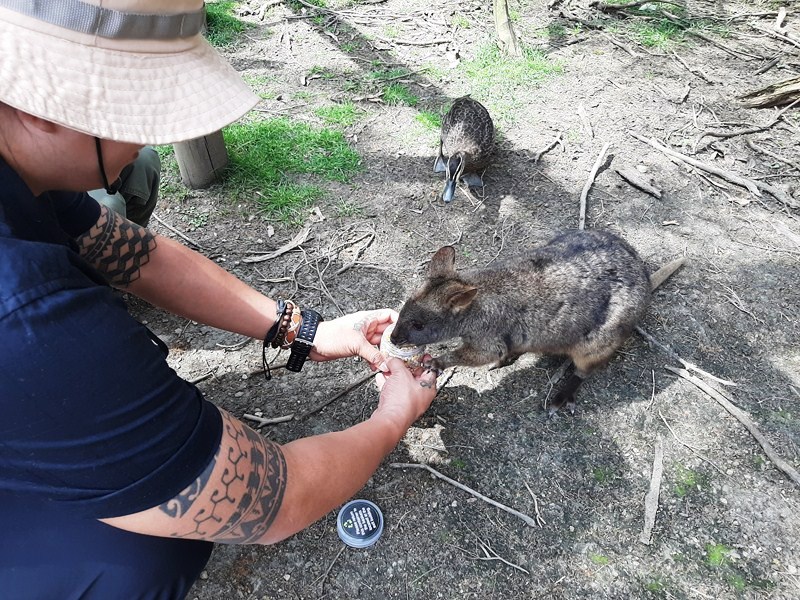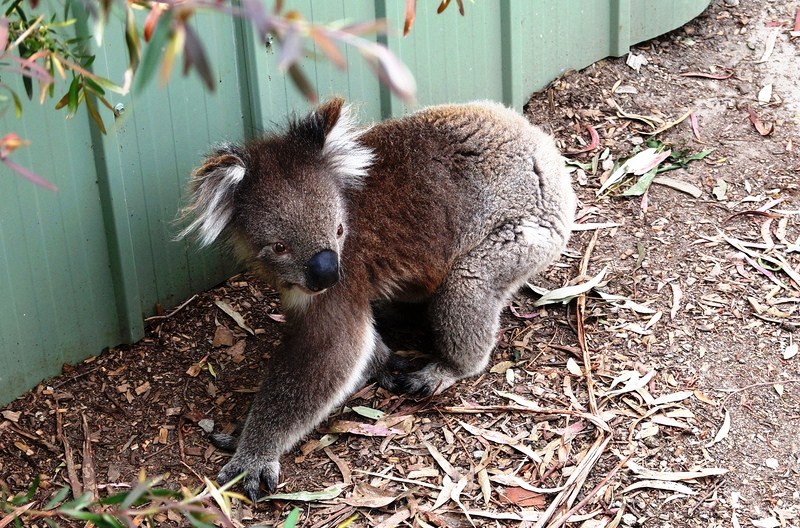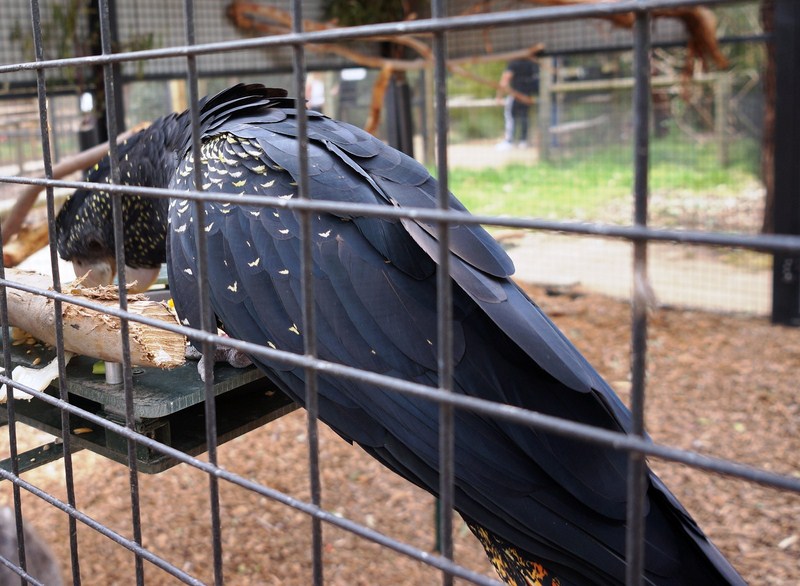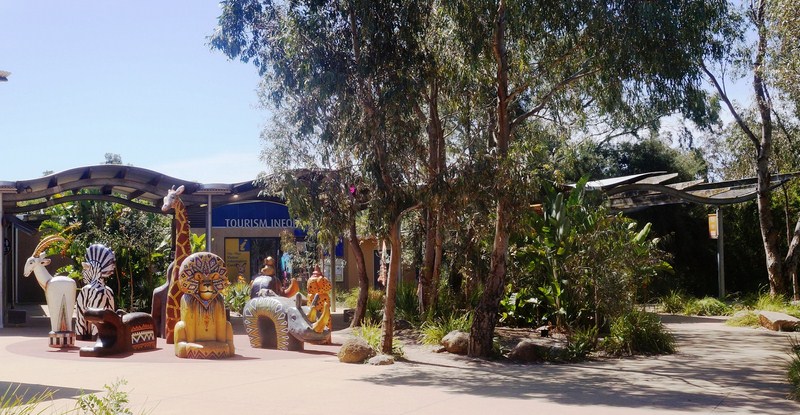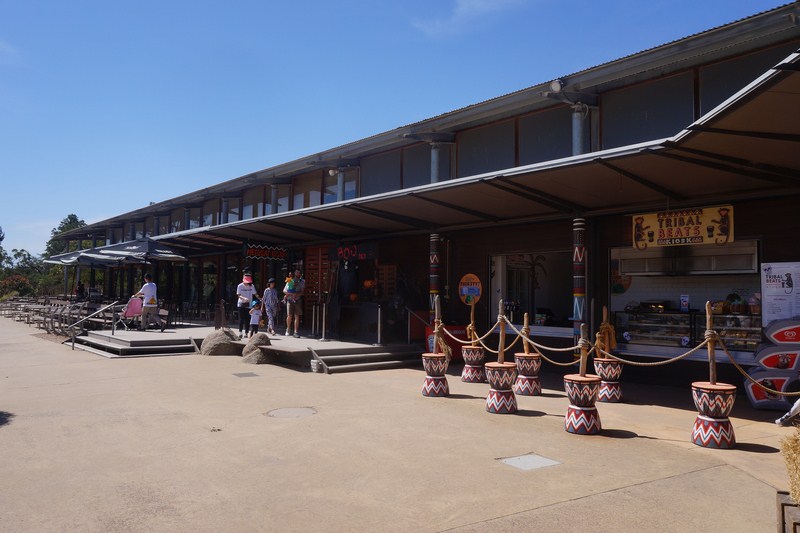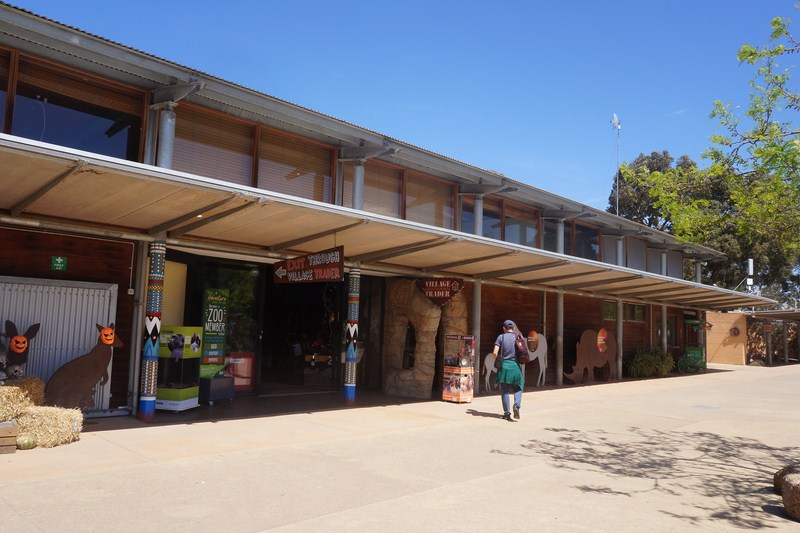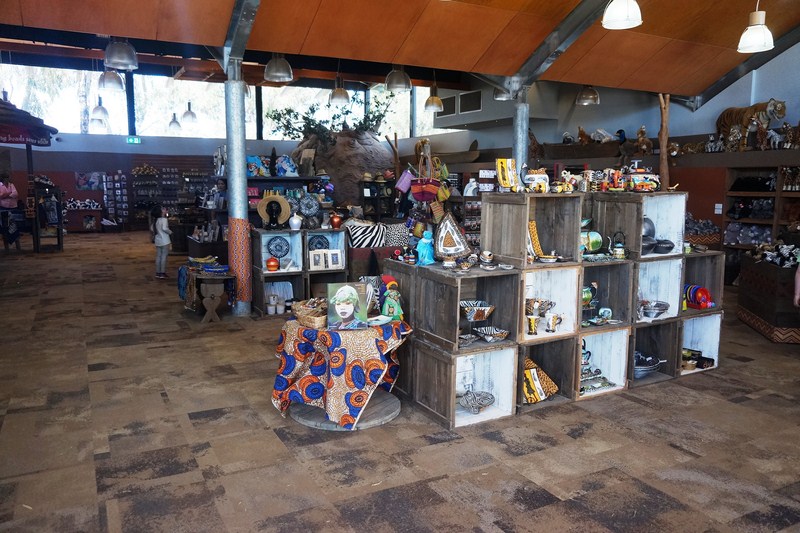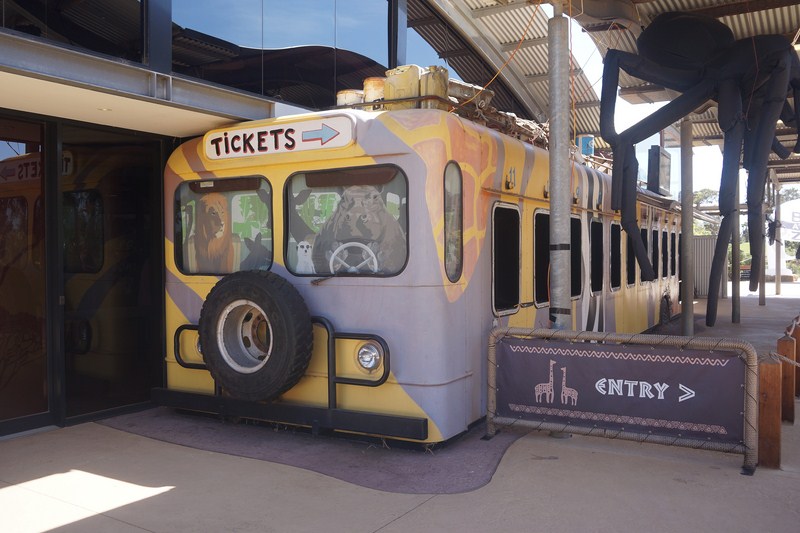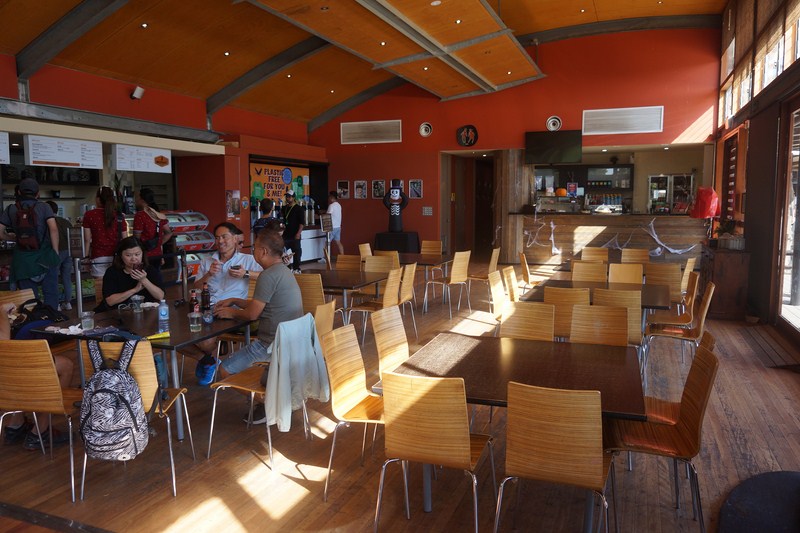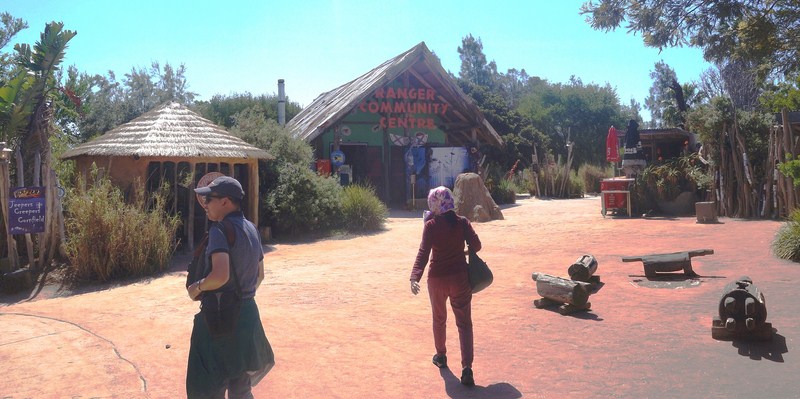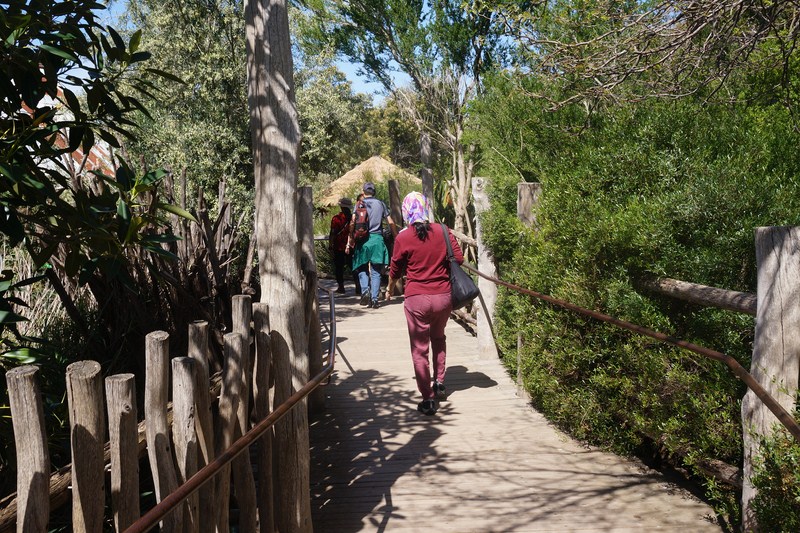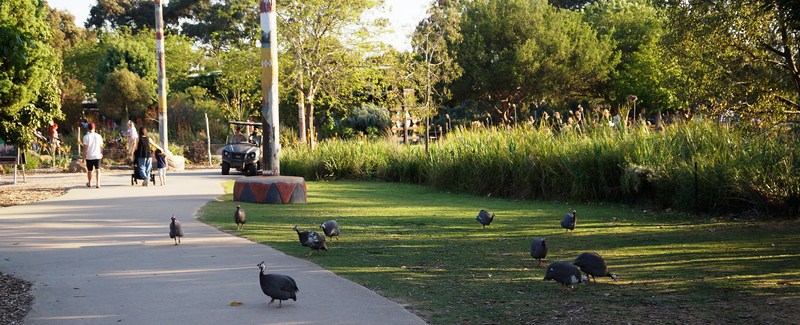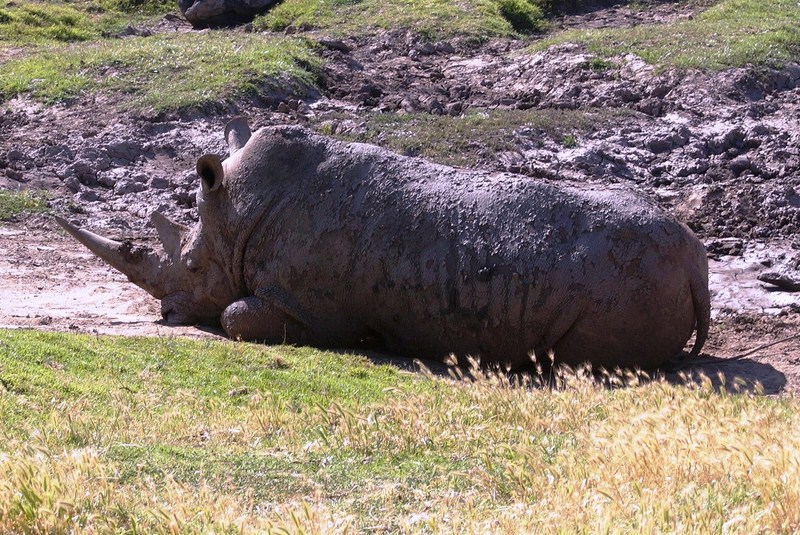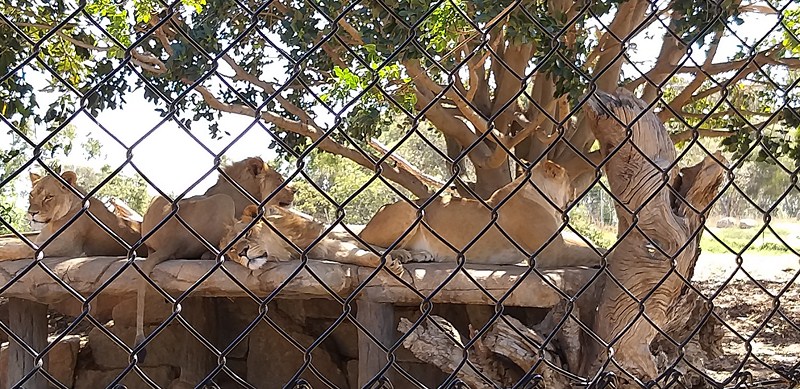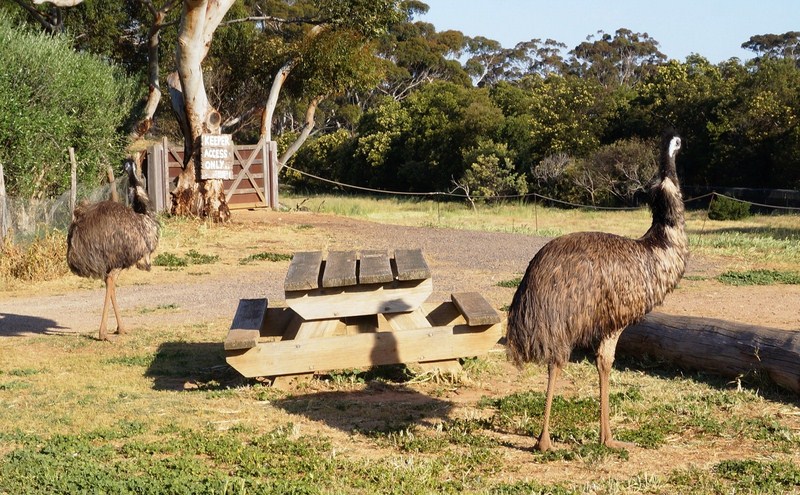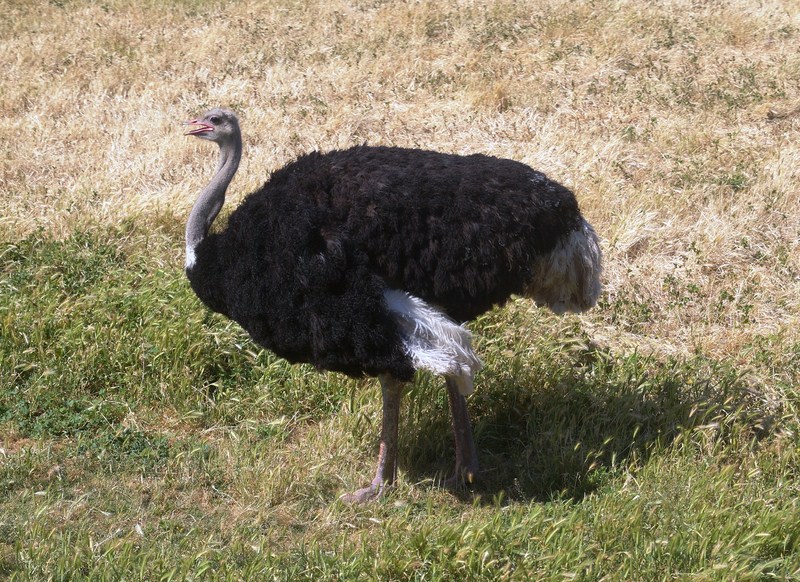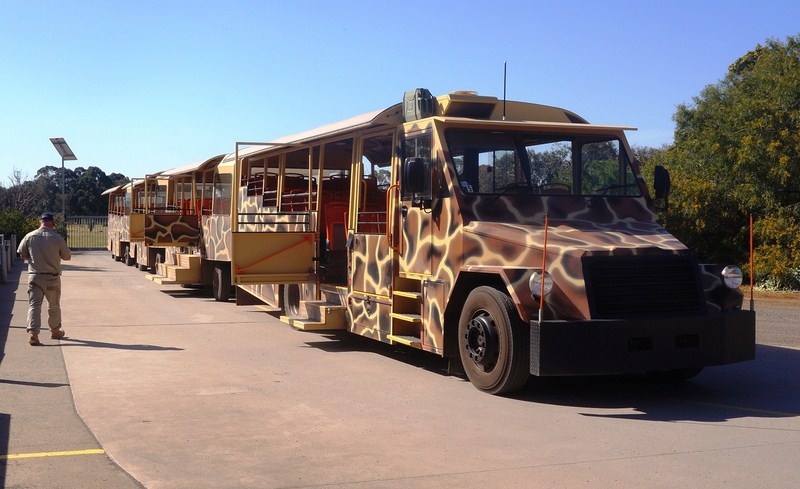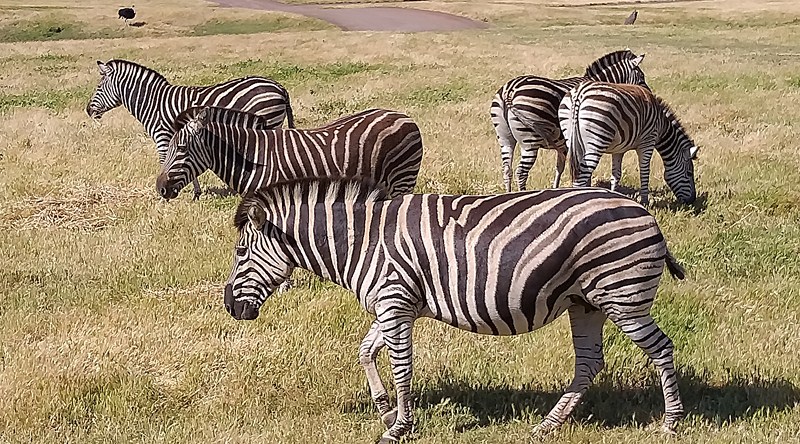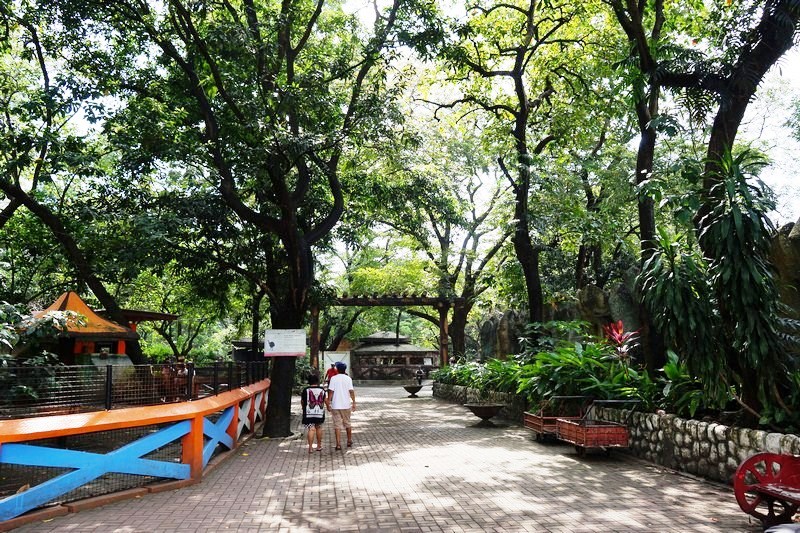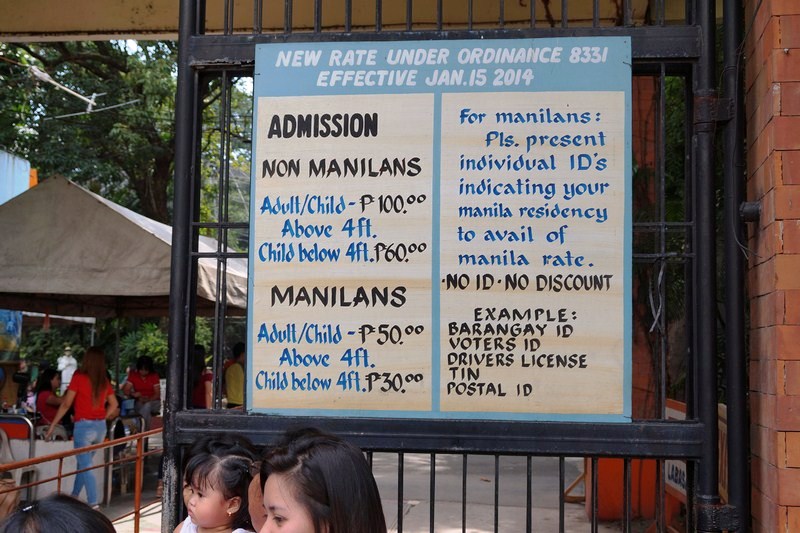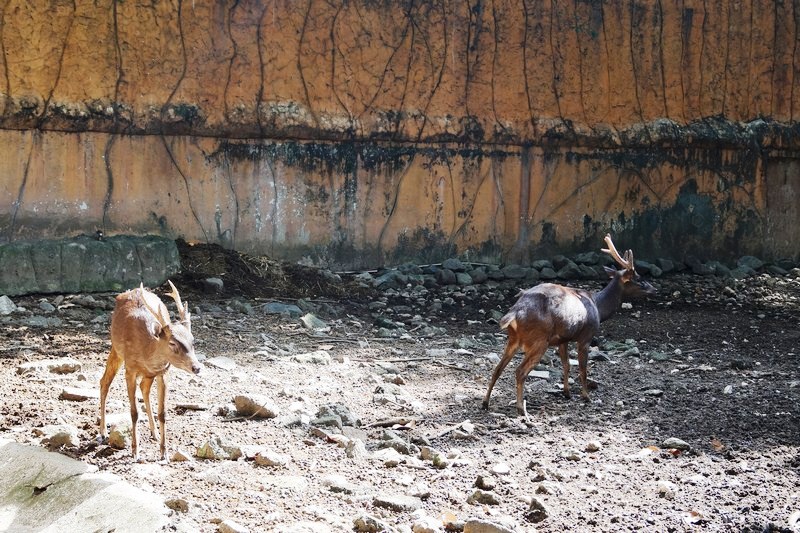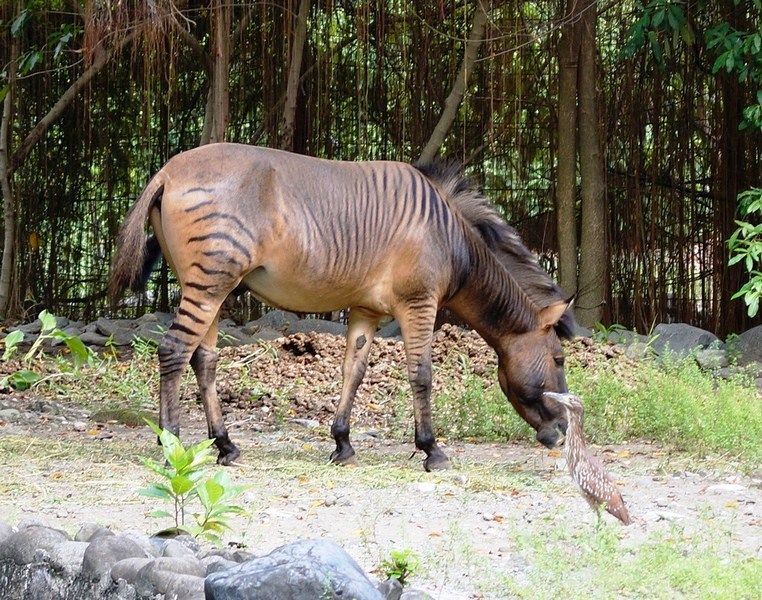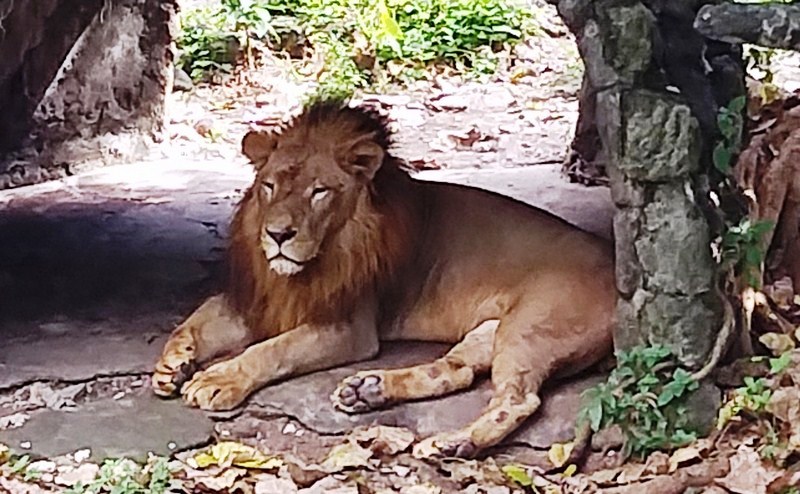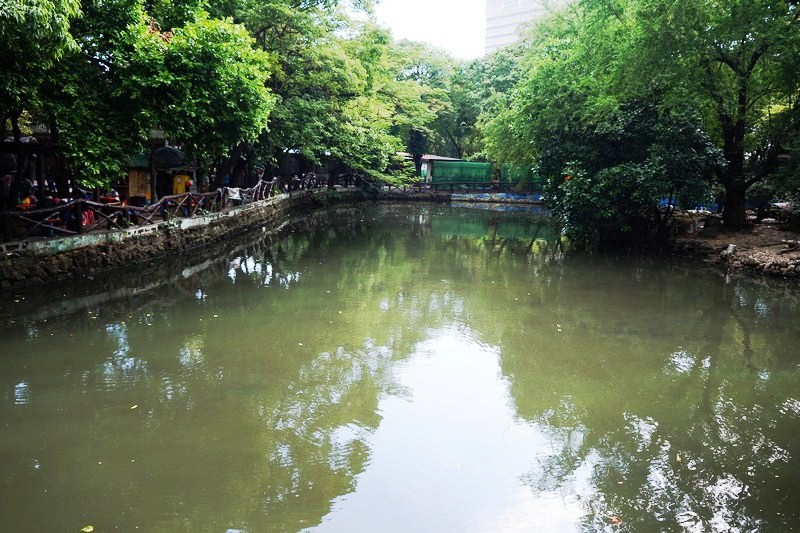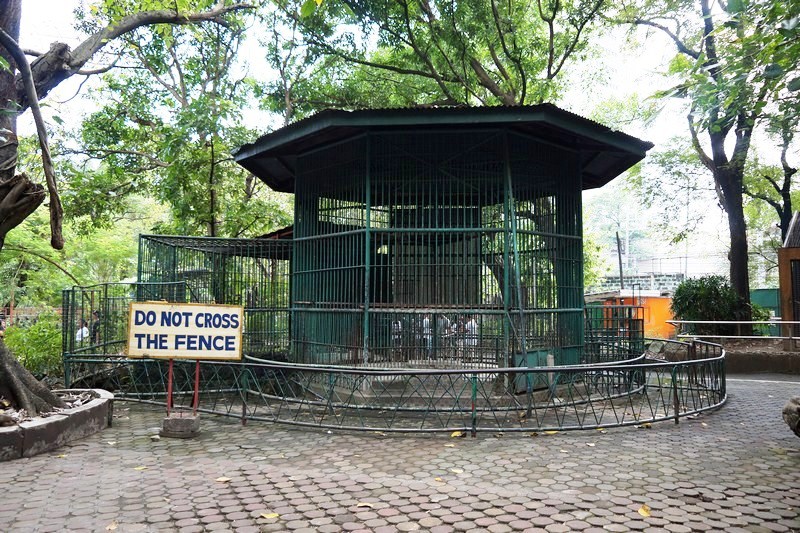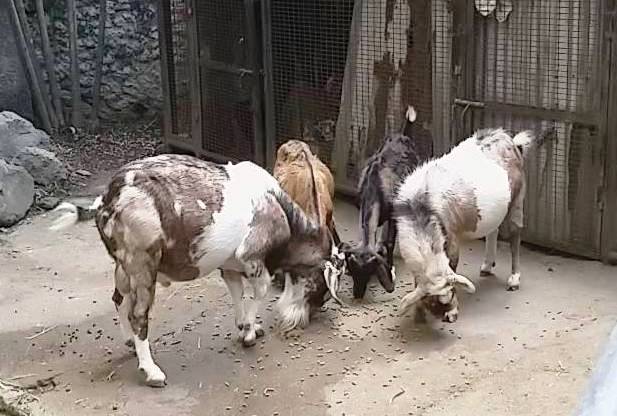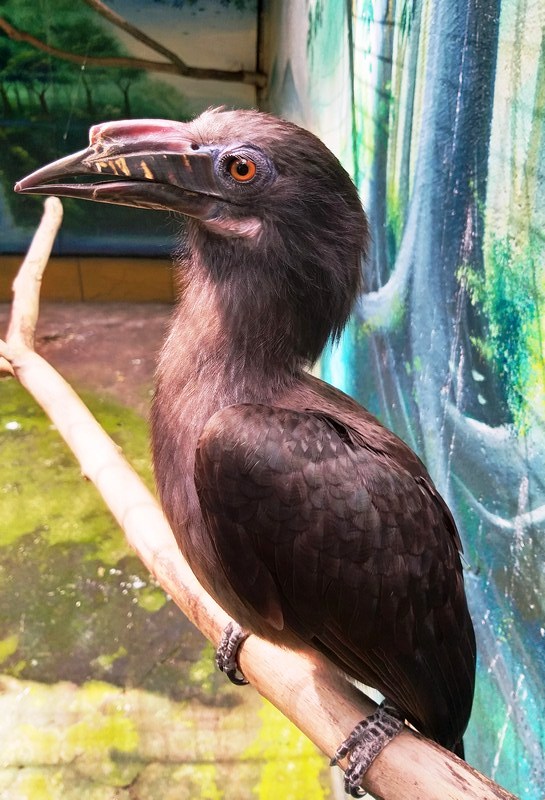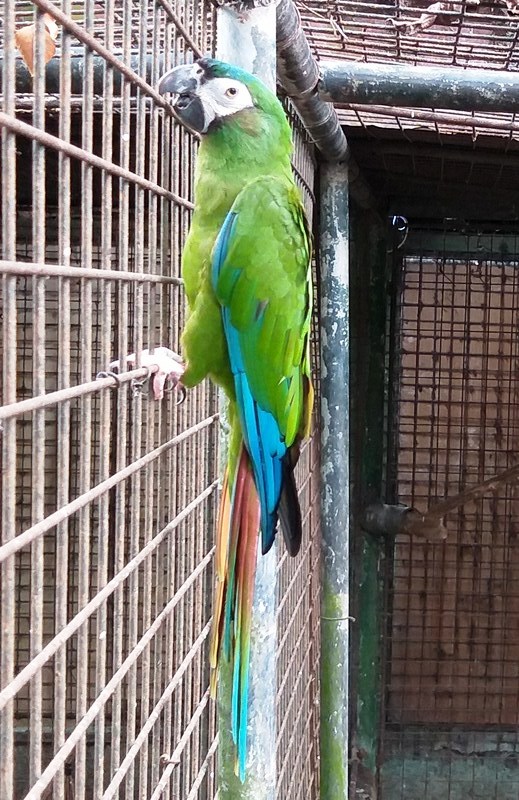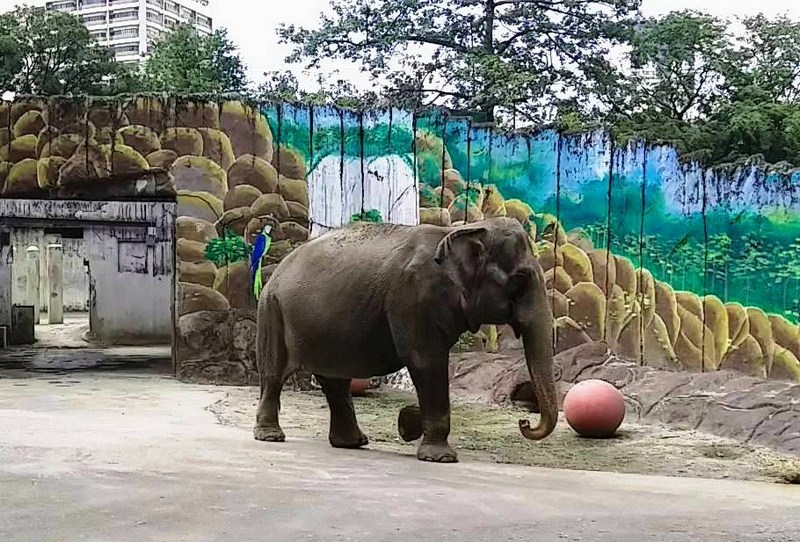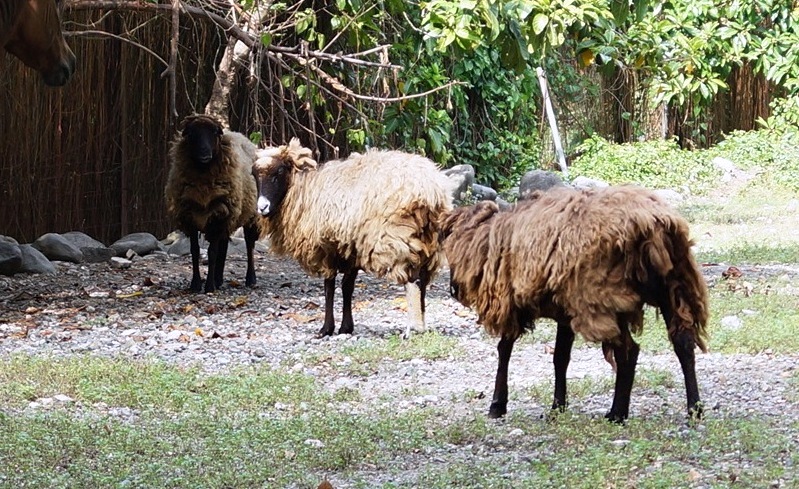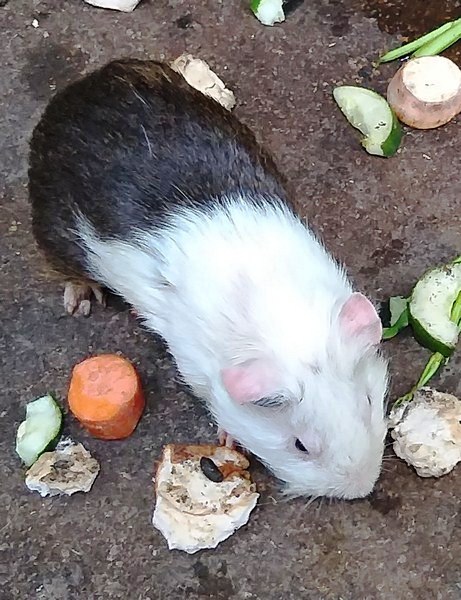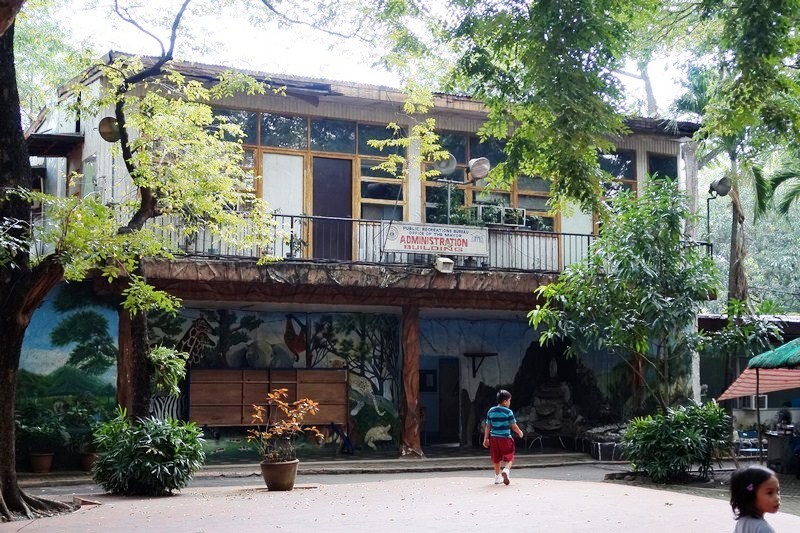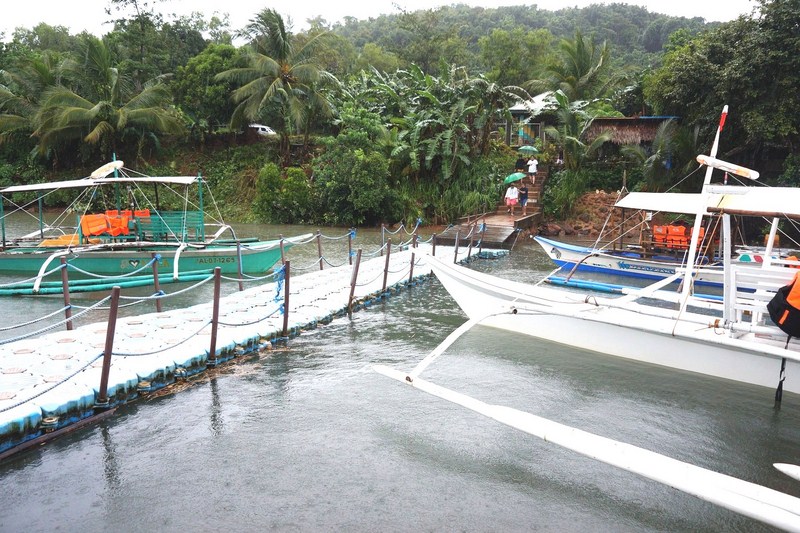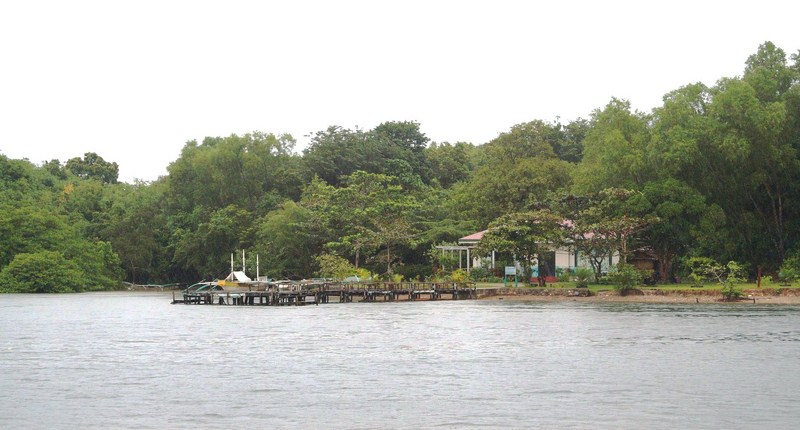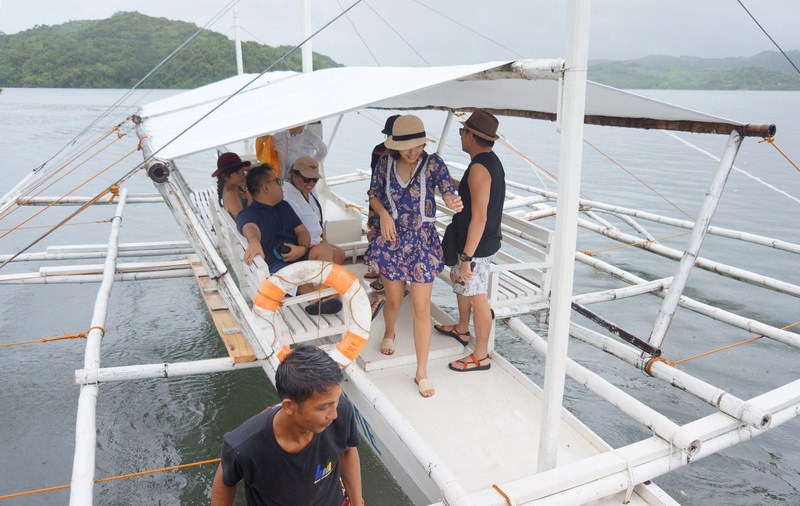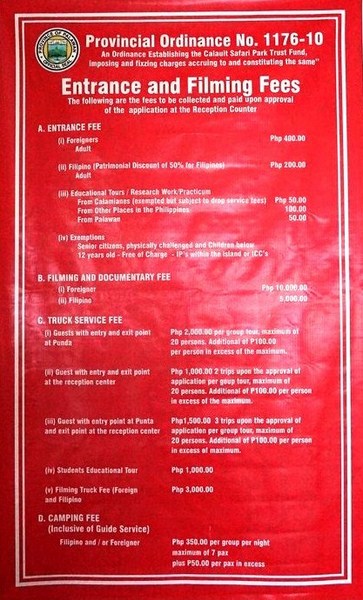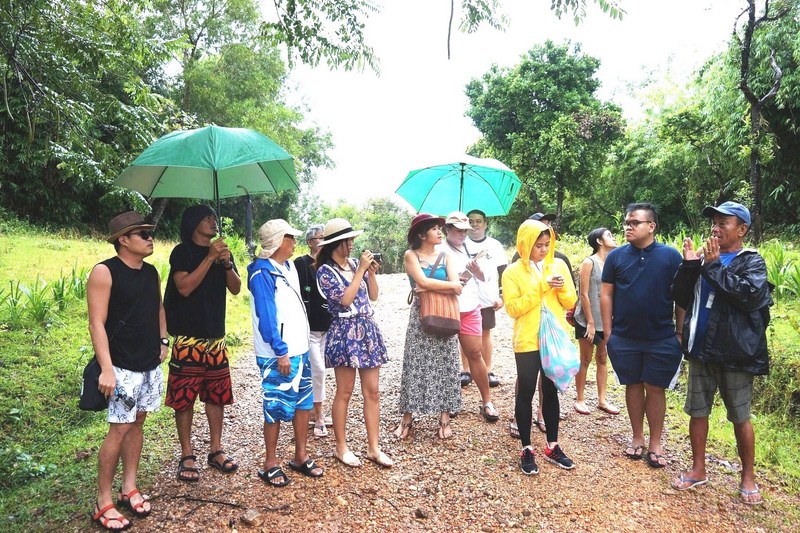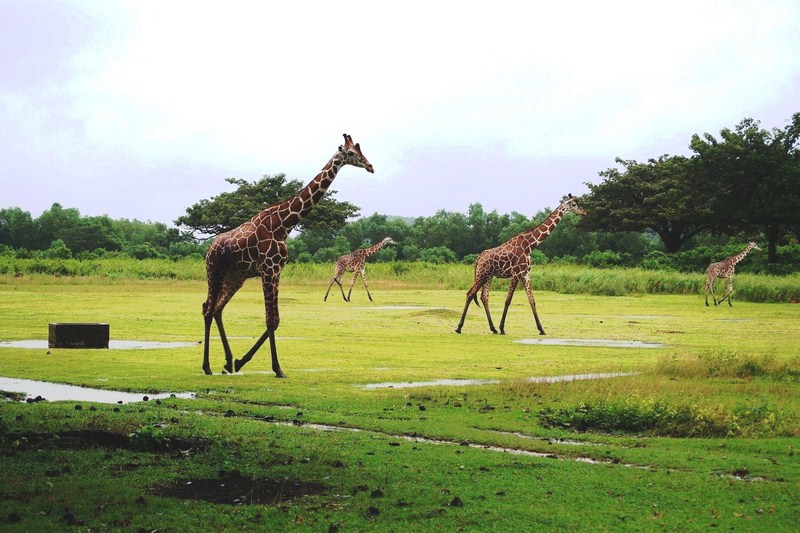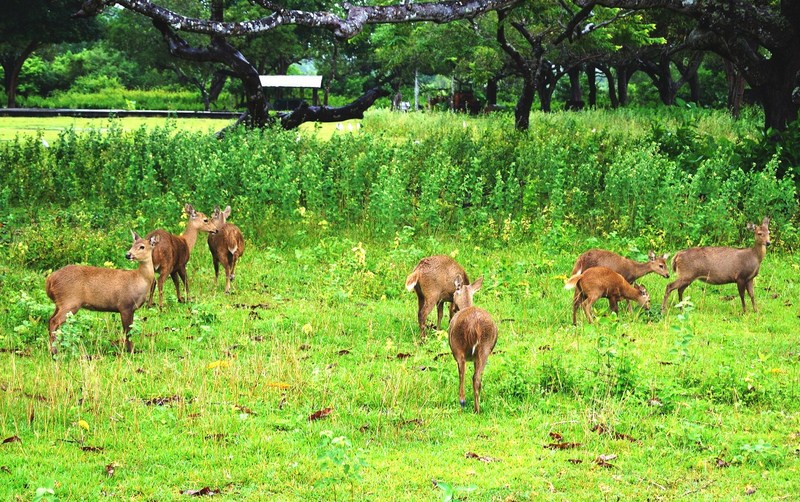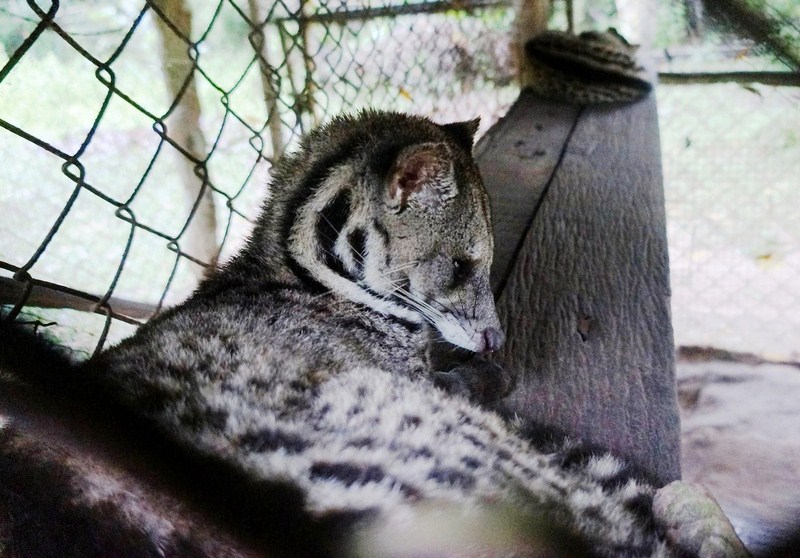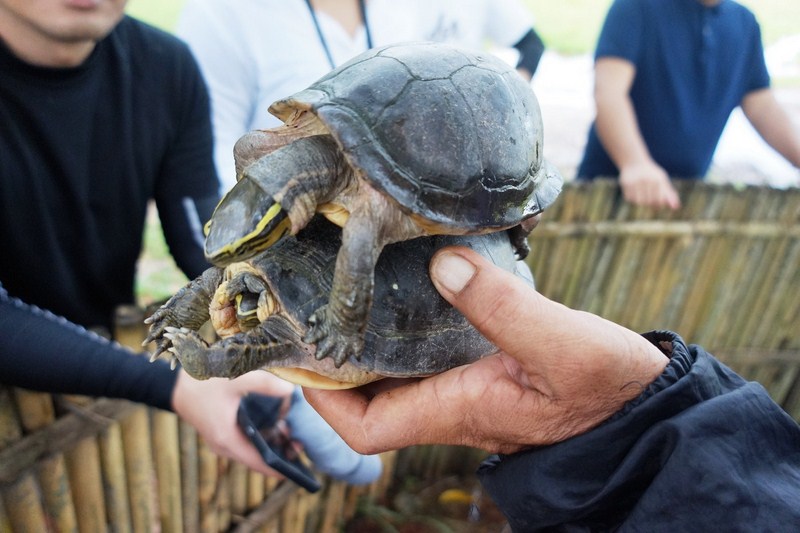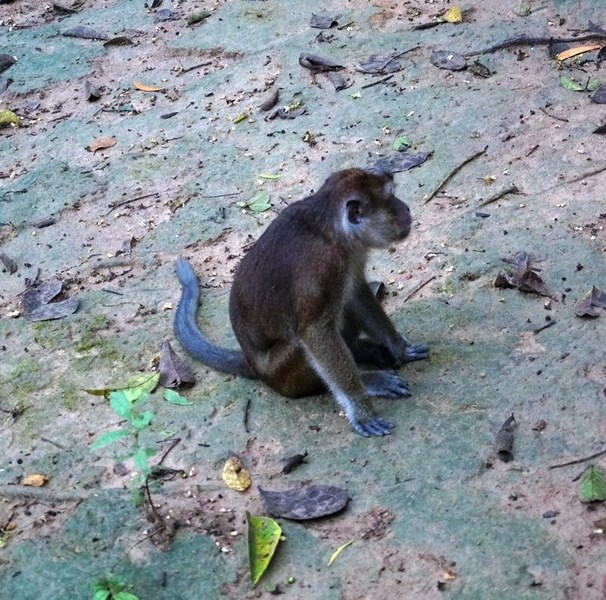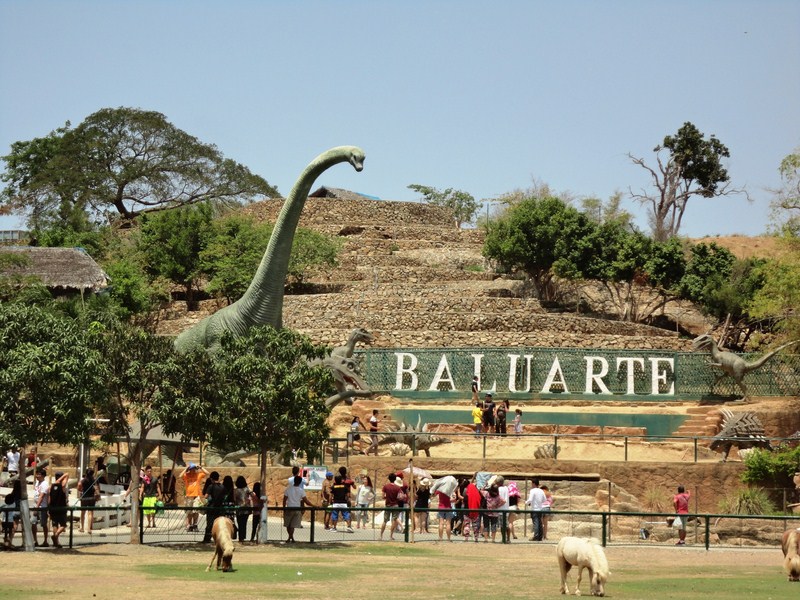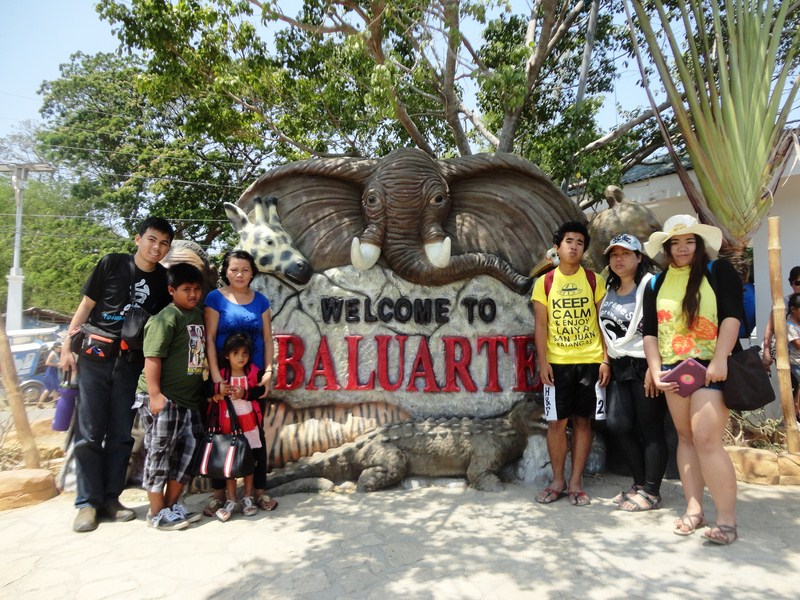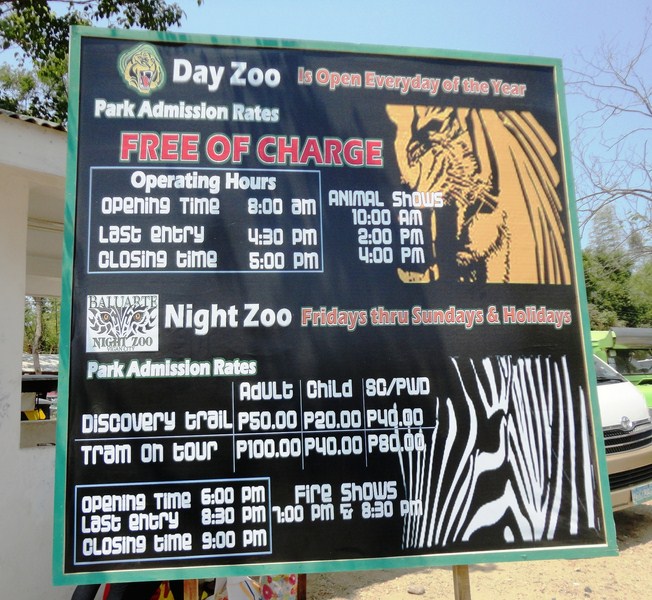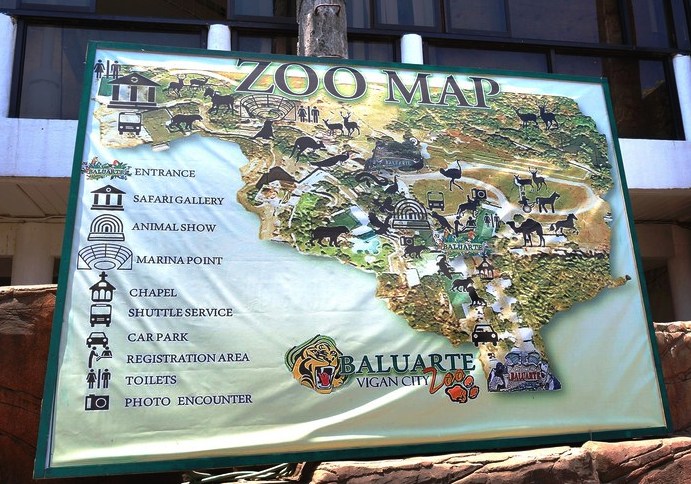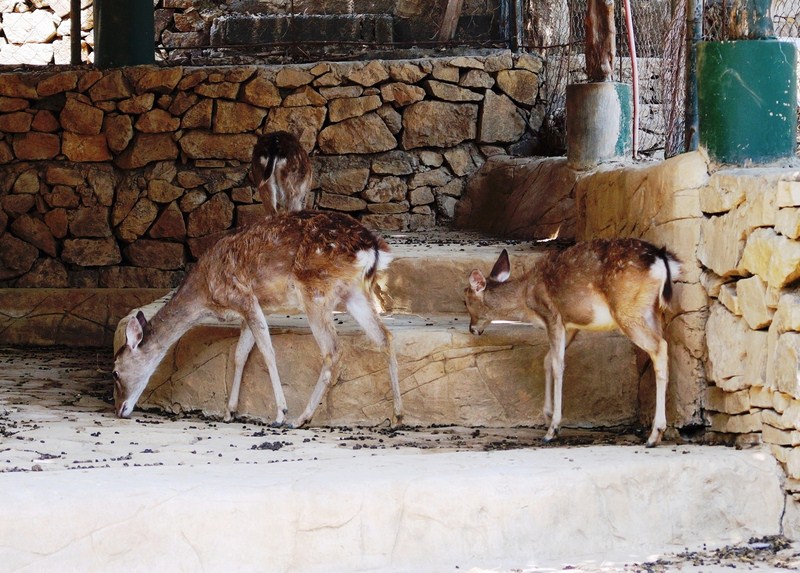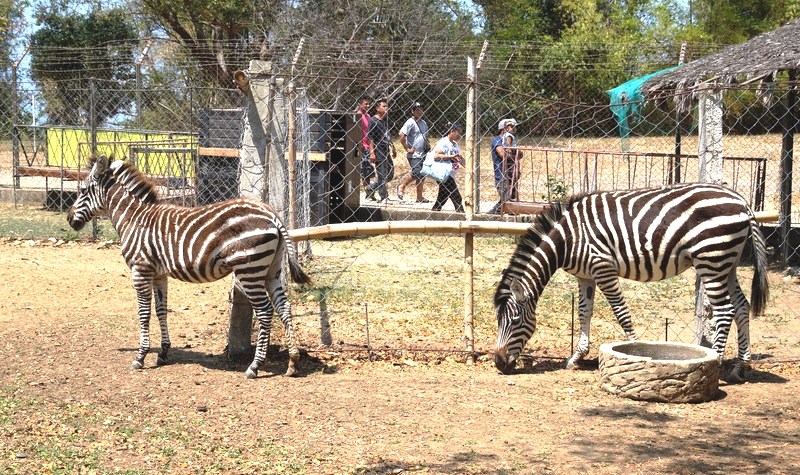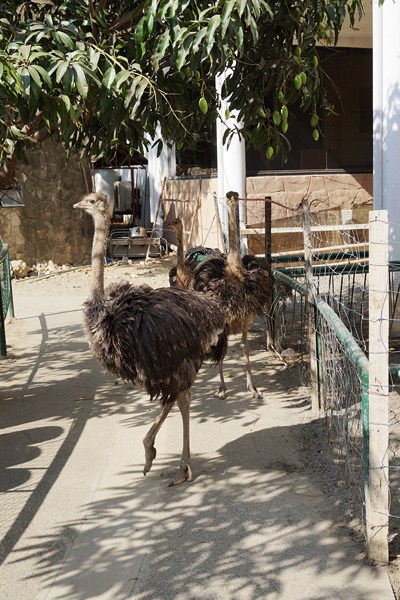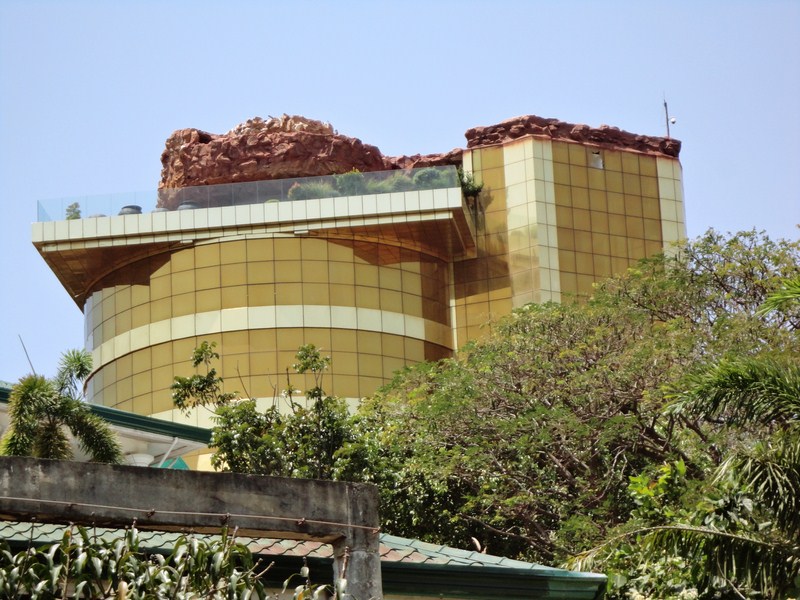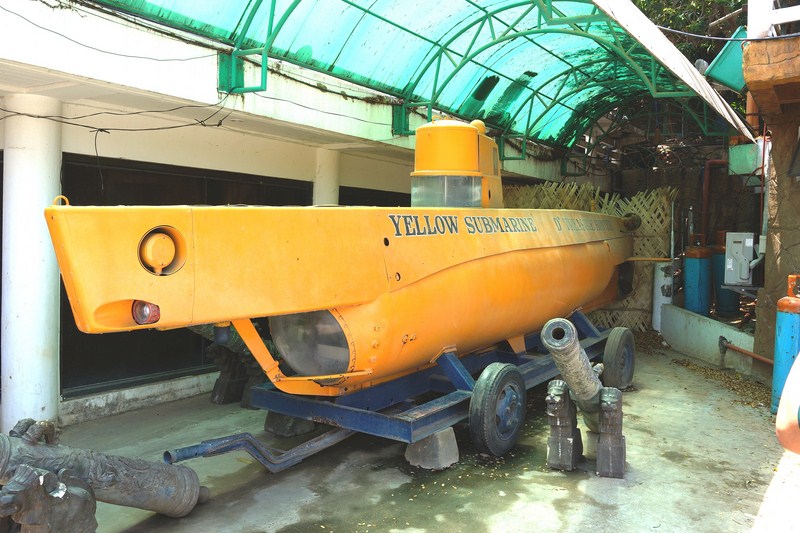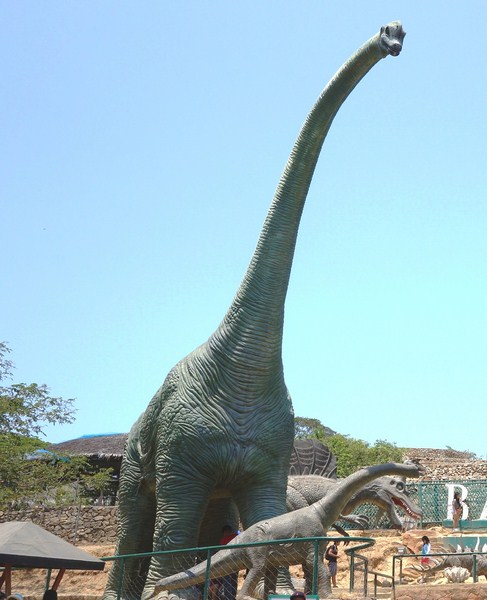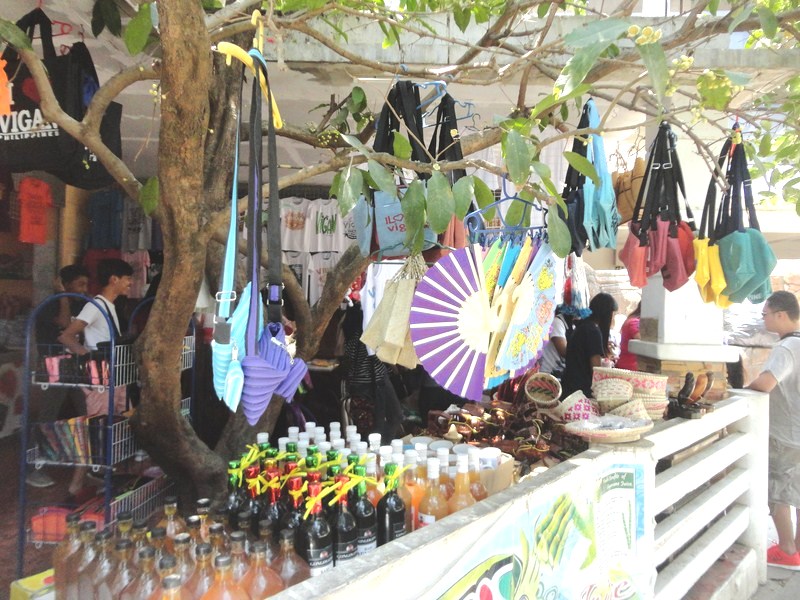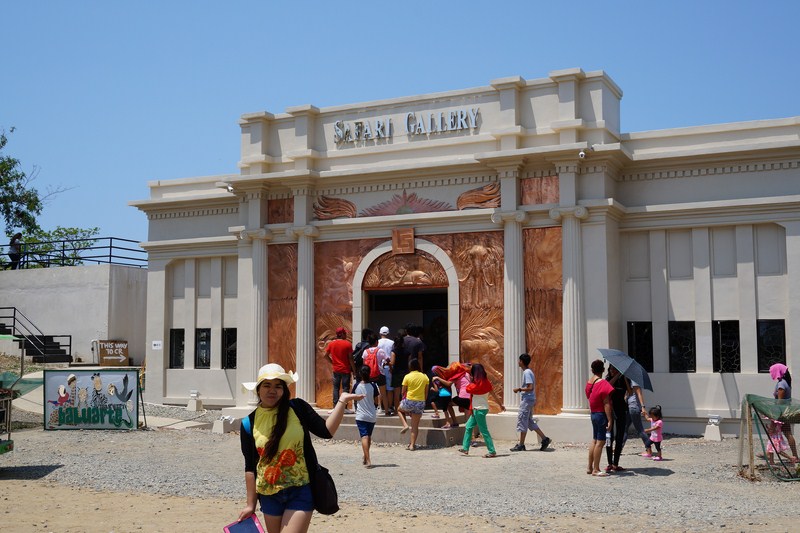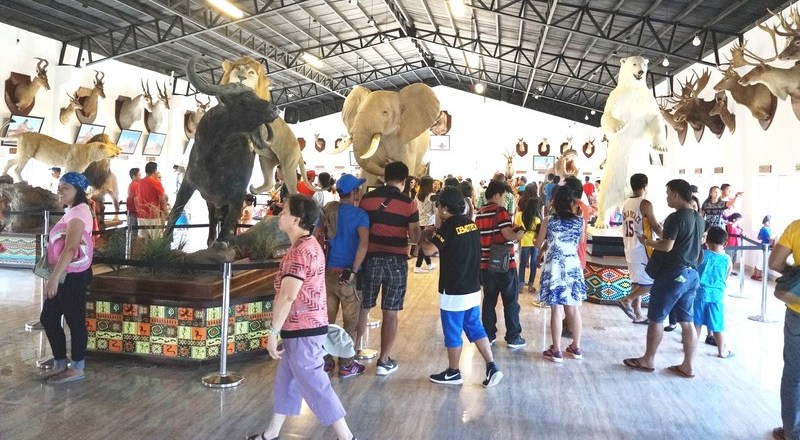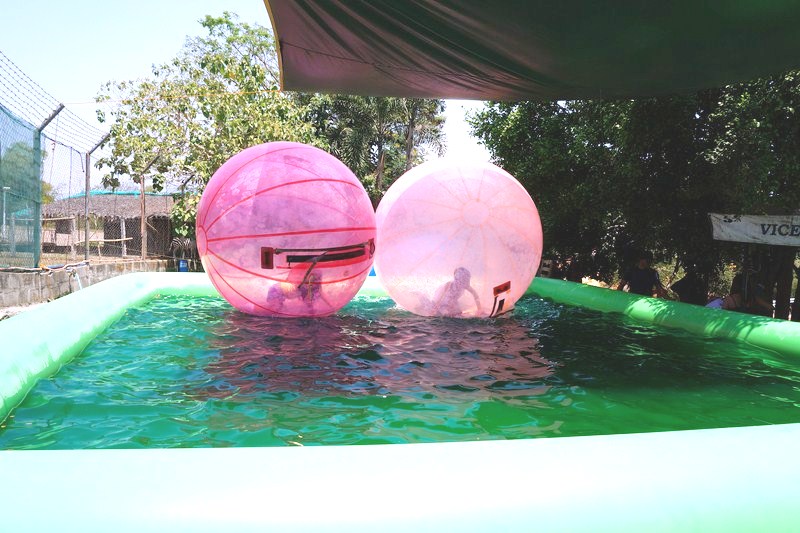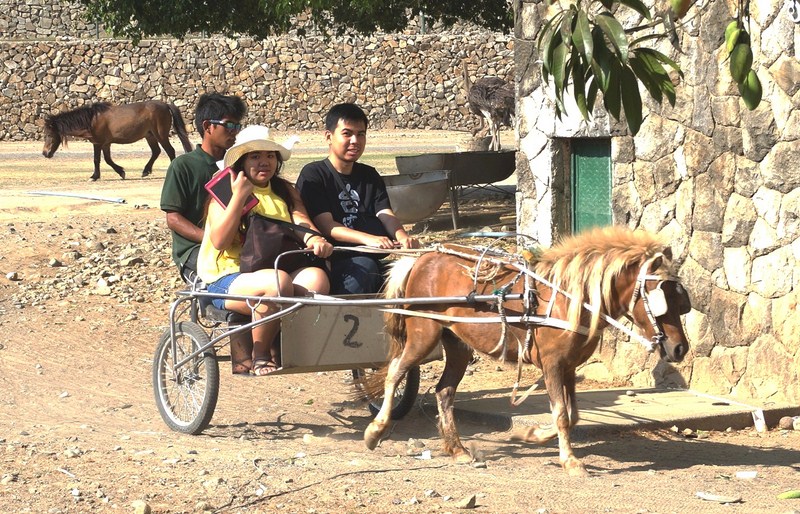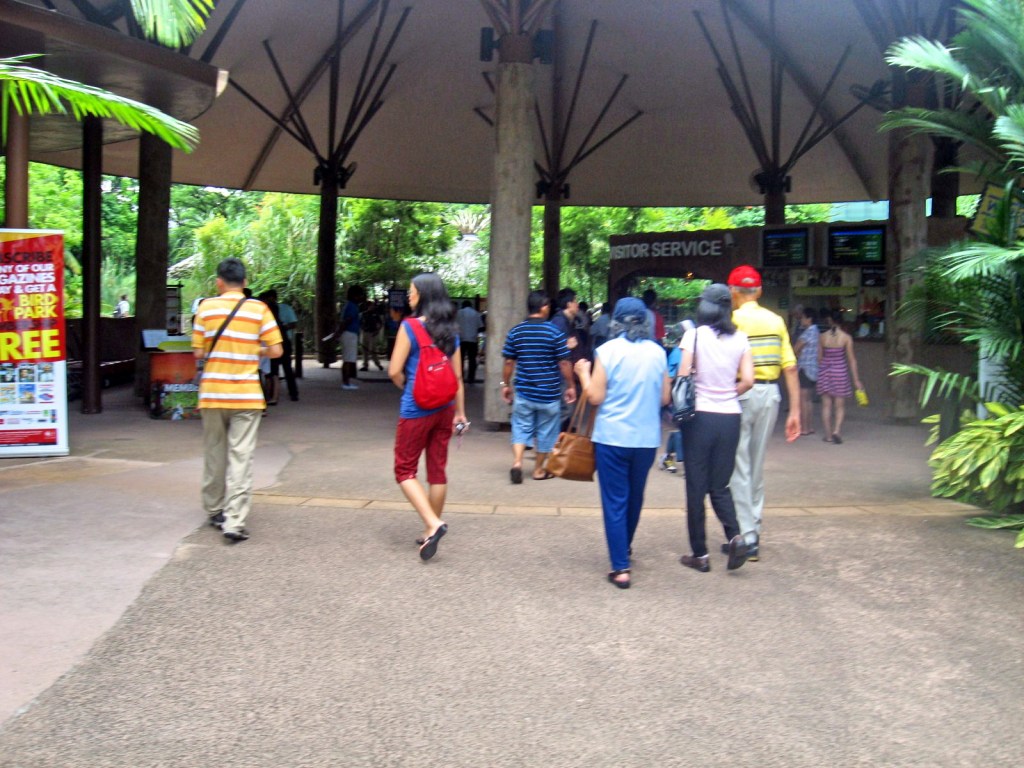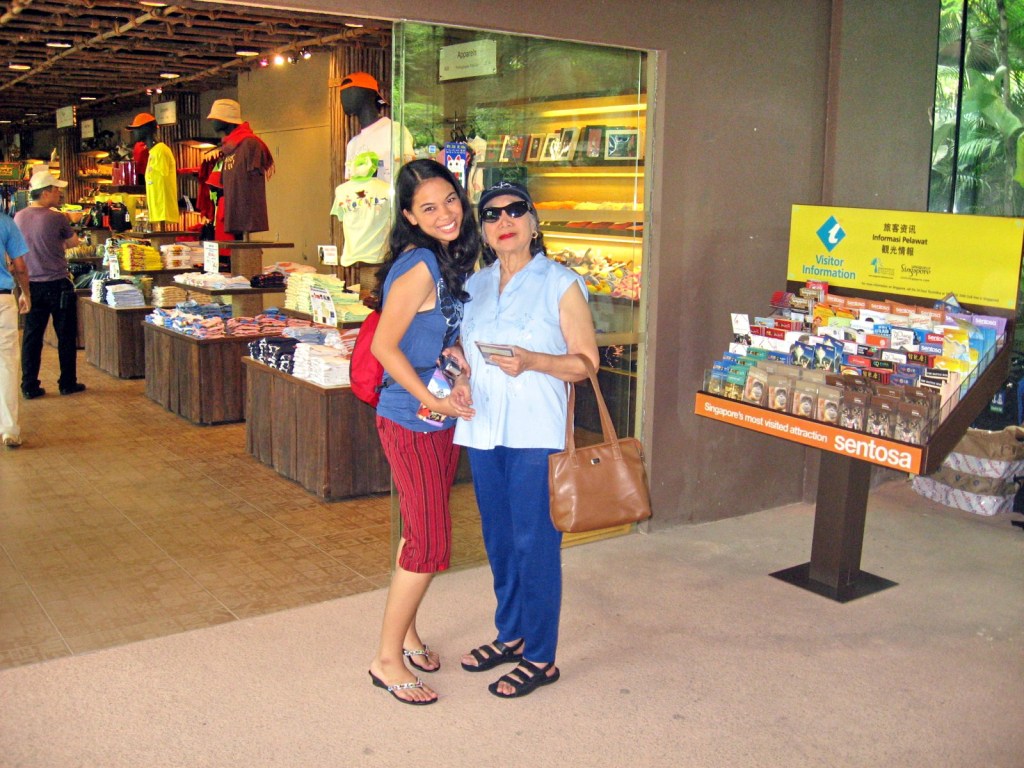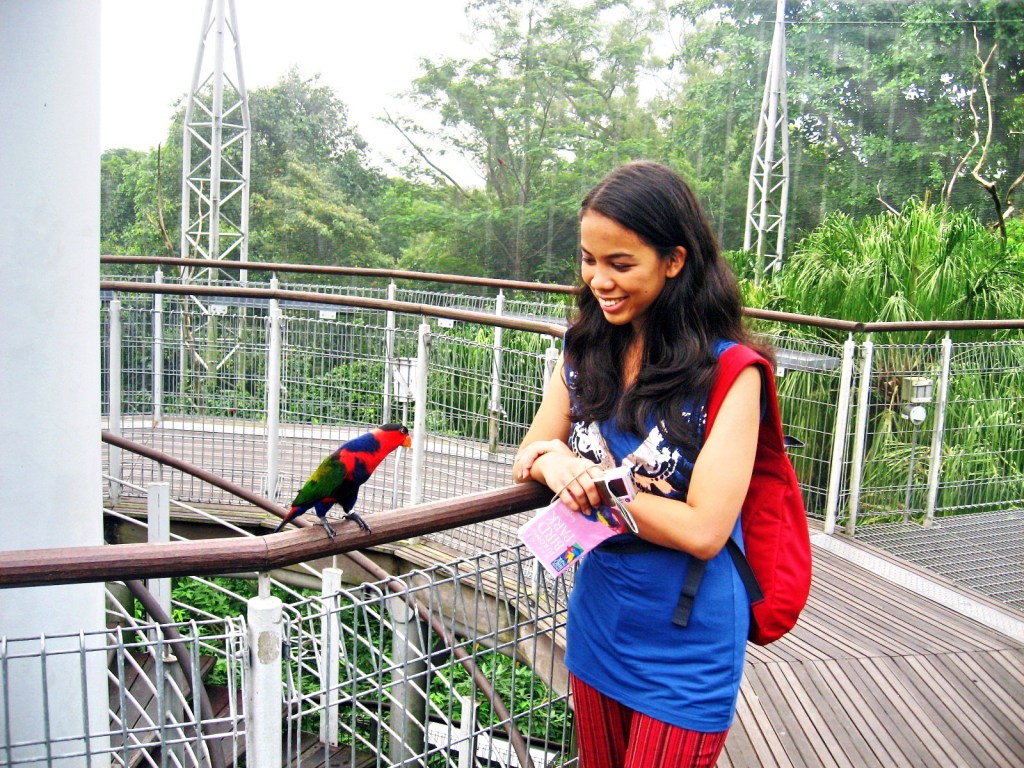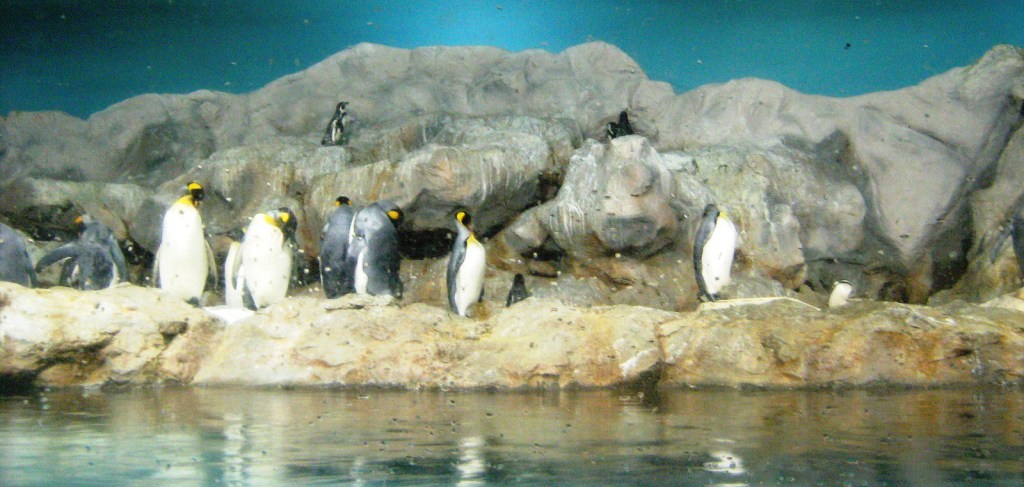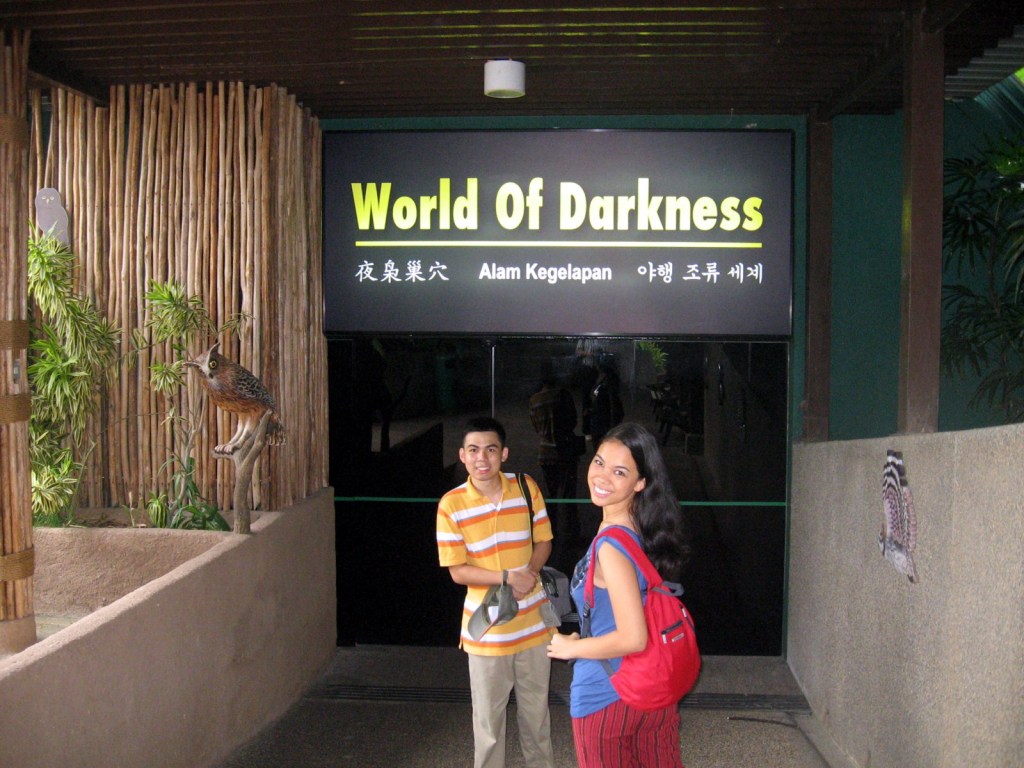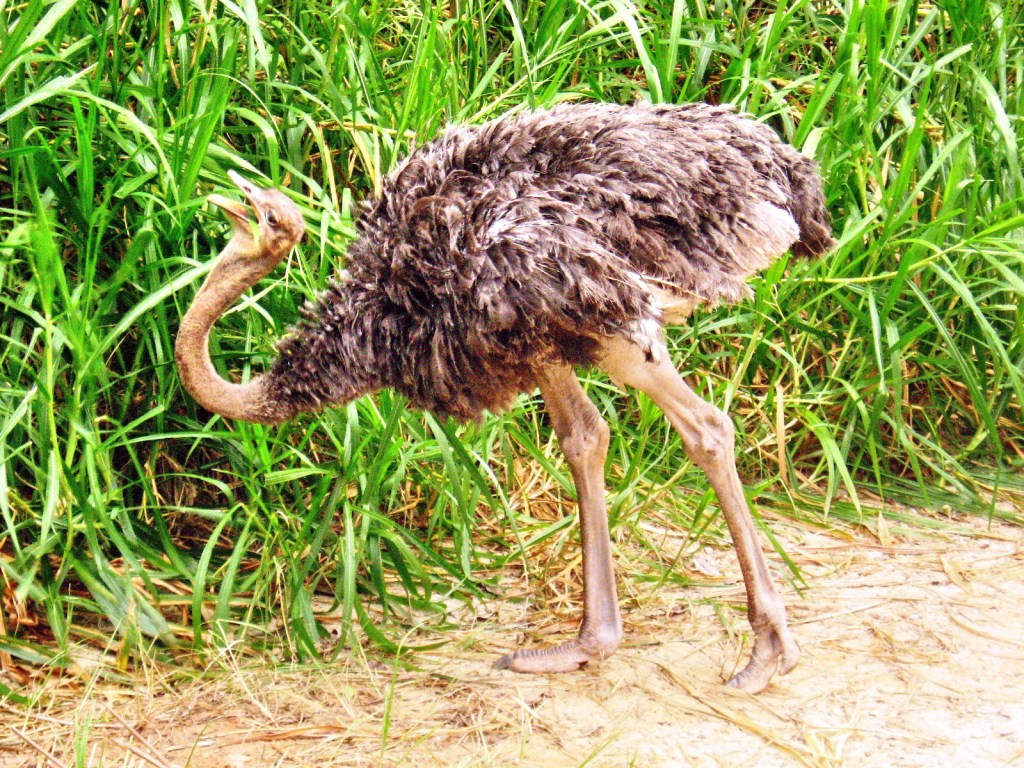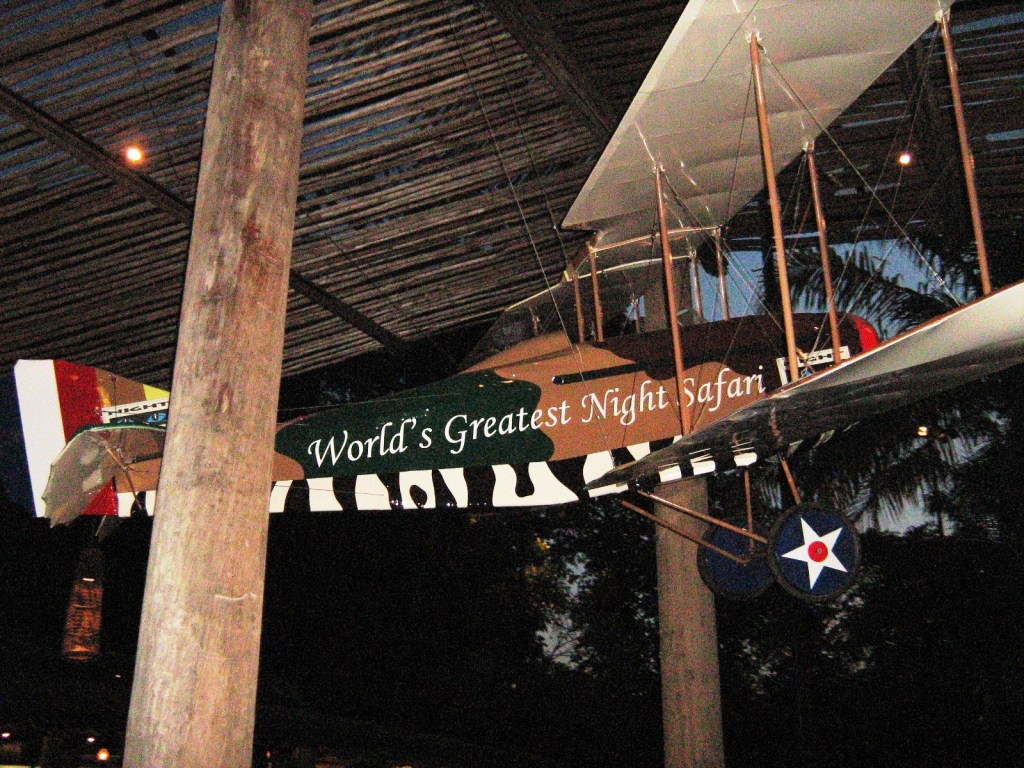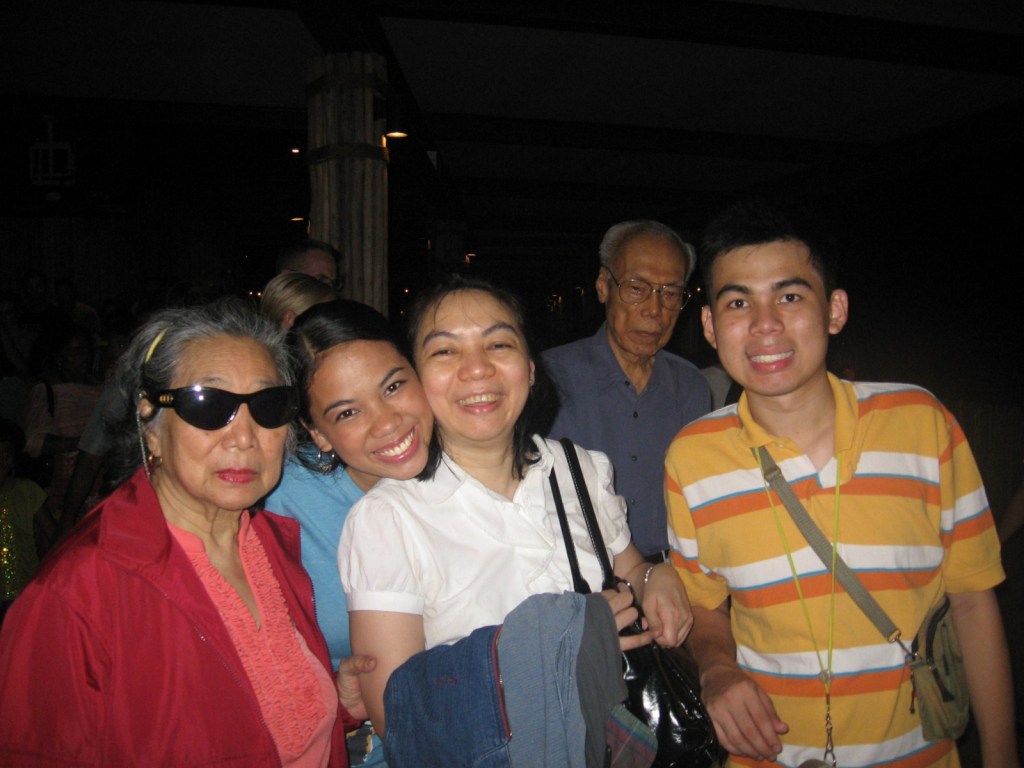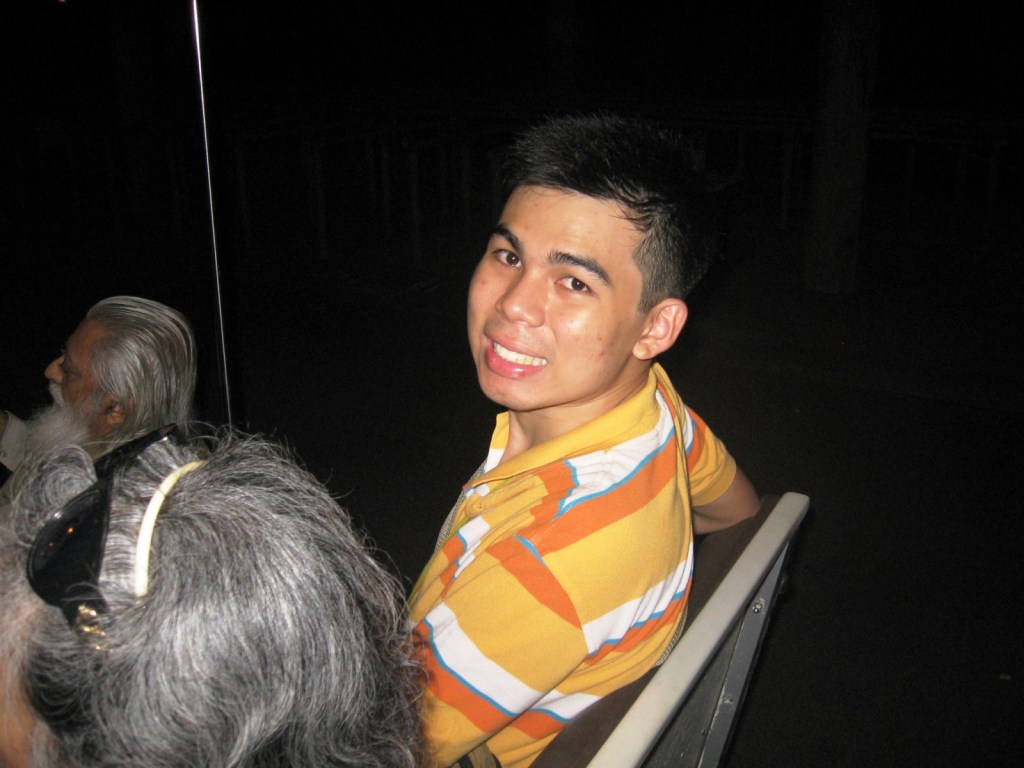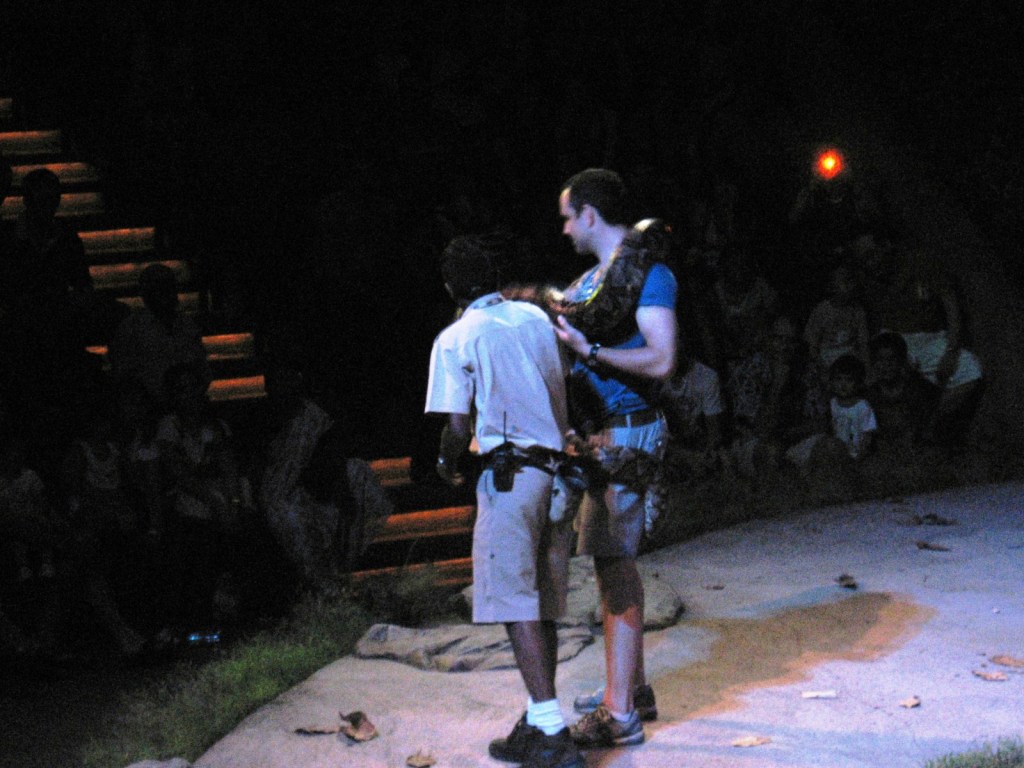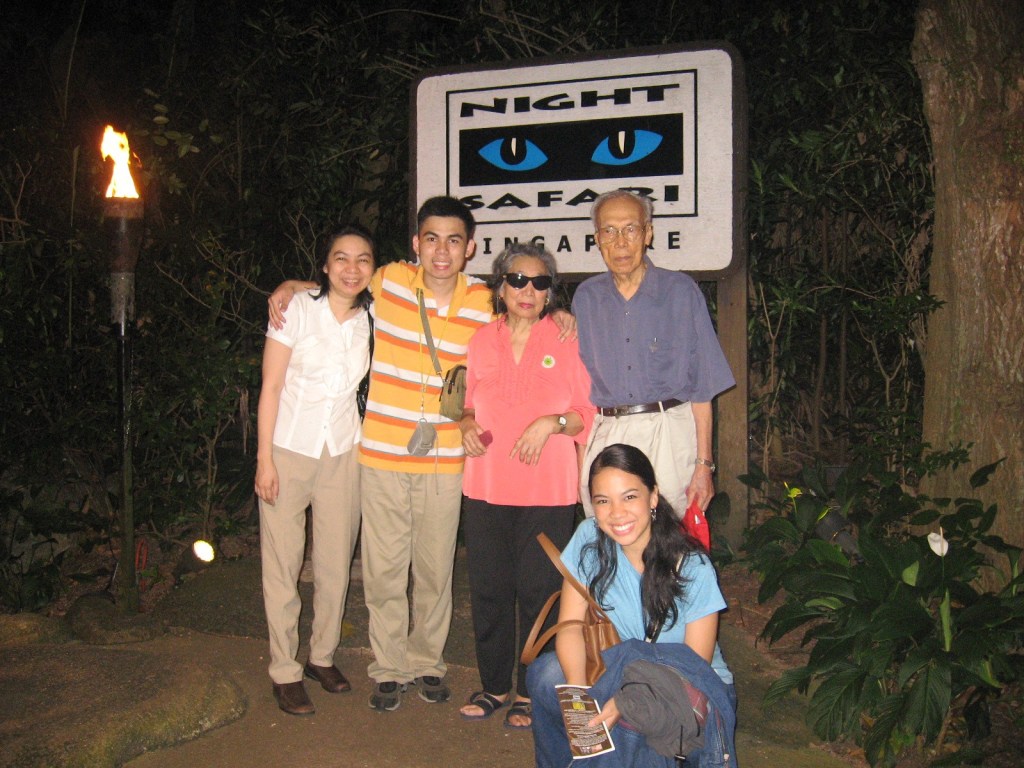After our Brighton Bathing Boxes visit, we again boarded our coach for the 48.3 km. (45-min.) drive, via the M11, to the 10-hectare (25-acre) Moonlit Sanctuary Wildlife Conservation Park, crossing over to Phillip Island via the 640 m. (2,100 ft.) long San Remo Bridge (opened in 1971). We arrived at the park by 1:15 PM.
Check out “Brighton Bathing Boxes“
The Moonlit Sanctuary Wildlife Conservation Park is a biopark within the Pearcedale Conservation Park located on the Mornington Peninsula near Melbourne. It aims to display the fauna that was found in the Mornington Peninsula and Western Port Biosphere Reserve, prior to European settlement, as well as working towards the recovery of threatened Australian fauna.
As part of Pearcedale Conservation Park, the sanctuary is an institutional member of the Zoo and Aquarium Association (ZAA) and is ECO Certified, at the Ecotourism level, by Ecotourism Australia.
In December 1998, development of the zoo started with construction of a visitor center, a 0.81 hectare (2-acre) wetland habitat with a lake, and more than 30 animal enclosures, as well as many Australian trees and other plants. The zoo was opened in September 2001.
Over 400 animals kept at the Sanctuary, representing over 60 different species, call the sanctuary home. They include spot-tailed quolls, southern bettongs, squirrel gliders, long-nosed potoroo, red-bellied pademelon, spinifex hopping mouse, fat-tailed dunnart, brush-tailed bettong, red-necked wallaby, feathertail glider, sugar glider, Tasmanian masked owl, tawny frogmouth, Cape Barren goose, bush thicknee, Victorian carpet python, blue-tongue lizard, and Gippsland water-dragon.
Moonlit has successfully bred a number of rare and endangered species including southern bettong (AKA eastern bettong) and the eastern quoll, both now extinct on the mainland and only found in the wild in Tasmania; Julia Creek dunnart; fluffy glider (yellow-bellied glider) and squirrel glider.
In 2016 it opened a new breeding facility for the critically endangered orange-bellied parrots, designed to house up to 20 pairs. It operates education services for school children, and provides research facilities for graduate students.
Moonlit Sanctuary has won a number of awards such as:
- Victorian Keep Australia Beautiful Award for Preservation of the Environment with an emphasis on local fauna and flora (2009)
- Victorian Tourism Award for Ecotourism (2010)
- Victorian Tourism Award for Ecotourism (2014)
- Premier’s Sustainability Award for Environmental Protection (2017) – for their Orange-bellied Parrot Breeding for Recovery program.
- Victorian Tourism Award for Ecotourism (2018)
- Victorian Tourism Award for Tourism Attraction (2018)
- Silver for Ecotourism (Australian Tourism Awards, 2018)
At the entrance, we bought seeds for feeding the birds, kangaroos and wallabies because that is the only place where they sell them. Walking through natural bushland and, at the Kangaroo and Wallaby Rest Area, Bryan, Kyle and I came into close contact with the abovementioned animals in their natural habitats as we fed them and observed their natural behavior.
We had a great deal of fun hand feeding and petting the adorable, freely roaming kangaroos and wallabies, doing selfies with them, as well as seeing colorful birds in aviaries and other Australian animals such as wombats, koalas and dingoes up close. Too bad we weren’t able to pet and feed the koalas, Still.it was totally worth the trip
The park wasn’t very big but it did have a nice range of native Australian animals. The friendly, very enthusiastic and knowledgeable caretakers, passionate about their charges, really enjoyed their work here and the animals were clearly loved and well cared for.
Moonlit Sanctuary was a different visitor experience from a normal zoo visit as we spent longer periods of time with a small number of animals, getting up close and personal with them.
Truly, an exceptional introduction to native Australian species in a tranquil sanctuary and a memorable part of our time in Melbourne.
Moonlit Sanctuary Conservation Park: 550 Tyabb-Tooradin Rd., Pearcedale, Victoria 3912, Australia. Website: www.moonlitsanctuary.com.au. Open daily (except on Christmas Day).

